HONEYMOON OVER MOROCCO PT. 2
CLICK HERE FOR PART 1
INTO THE SAHARA
I really wanted something unforgettable for our delayed honeymoon. A remote patch of dunes at the edge of the Sahara – that require driving to the very end of the last road in sight and just venturing out into the anything-goes desert wasteland – well, that seemed to be just what the Daktari ordered.
A sandstorm started to hit just as we left the road at the furthest edge of the Draa Valley oasis. Everybody, including this caravan of camels, seemed to be heading the opposite direction, back towards civilization and shelter, rather than away from it. But this was our honeymoon adventure, and we were damn sure not going to turn back now. Into the breach we went.
Our Berber camp was located about 2 hour drive from where the road ended outside of M’hamid. The dunes stretched southwest to the horizon. I think the Paris-Dakar rally used to come thru here. If you look closely you can see a tiny SUV rolling through the dunes in this pic.
We glamped for 2 nights in a private honeymoon tent fit for a Khalifa. There were only a few other groups of people staying there, many of whom left after the first night.
The next day we drove out into the desert to visit a family of nomads. We avoided the dunes and navigated our way towards the edge of a nearby mountain range.
This Berber family lived on the flat rocky plain that separated the Chigaga dunes from the mountains. The father herded the goats. The mother tended to the home and wove wall tapestries on a loom made from sticks. Their son worked the kitchen in our camp. A 12yr old cousin who lived nearby led the camel treks. I had assumed nomads are constantly on the go, but these guys were known to settle down for 3 or 4 years at a time before moving on. Their clan had been roaming the edges of the Draa Valley Oasis for centuries.
Mint tea is the first thing anyone offers you when you enter their home, and the nomads are no different. Our host Fatima took great care to make her silver serving tray spotless before beginning. The brew is heated up, then poured into a single glass, then back into the pot, then back into the glass – over and over again. An express steeping. The pouring motion is dramatic and graceful, going for maximum height and not a drop spilled. The final touch is the sugar. She pulled out a hardened brick of sugar about the size of a VHS tape. This was broken in half with a hammer and one chunk was dropped into the half gallon pot. I’m guessing this was about 30 cubes of sugar. Moroccans of every age seem to have an insatiable sweet tooth. P.S. every woman we met east of the Atlas Mts was named Fatima, without exception.
My goats are the G.O.A.T. goats
A small oasis favored by local goat herders. The nomads know the location of every source of water within a hundred miles at least. Hassan ran into a local goat herder he knew. They chatted briefly. After he and his goats sauntered off, Hassan told us he disliked the man, and that he had stopped giving him cigarettes when he admitted to not fasting during ramadan. This was unforgivable to Hassan. In his mind, if anyone can get through a day of fasting, it’s a nomad with nothing to do but wait out the day.
My only two vaguely remote fears on this trip, 1) deadly-ass scorpions that can maybe kill you within minutes, and to a lesser extent, 2) your standard ISIS beheading. Both were thankfully unfounded. Our driver assured me the sand was way too hot for scorpions this time of year, and the entire Algerian border region is under heated dispute between both countries, thus heavily monitored by UN forces, so all was well in both departments. In truth, Morocco is safer than almost any European country. No lie.
Truth be told, camel rides are highly overrated. But I had to find this out for myself.
70mph across the dried Lake Iriki, heading due west towards civilization.
THE LOW ATLAS MOUNTAINS
After traversing Lake Iriki, we rejoined the road and headed back east.
After staying overnight in Agdz (pictured above), we went off road again, heading due north through the barren, rocky, Low Atlas Mountains. The road was very slow going, but the scenery was nothing short of epic.
Caught this dude chilling on a power line on our drive back over the mountains. I think it’s an Eleanora’s Falcon.
Every few hours we would come across a small house in the mountains, usually occupied by a single family that sold water and other essentials to anyone brave enough to take this road. They also offered overnight rooms to ambitious hikers crazy enough to spend days in a place with zero shade.
A TALE OF TWO SULTANS
One of the craziest stories in “The Lords of the Atlas” is that of Bou Hmara, the Rogue. After being banished to Algeria in his youth, he suddenly appeared in Taza in 1902, impersonating a long lost Alouite Prince named Moulay Mohammed. Oddly enough, the two did actually look alike, and Bou Hmara had reportedly spent years training one of his eyes to be partially closed like the real guy. This actually worked. He declared himself the true Sultan and started wrecking shop all over Taza and the surrounding towns – just 75 miles east of Fes, where the real Sultan Moulay Hafid reigned. So there were now two Sultans – which was a really big deal. This is kind of like if JFK all of a sudden showed up alive during Reagan’s first term, and promptly set up his own Presidency in Baltimore. A war was waged between the two palaces for years but Hmara held his own.
To thicken the plot, It turns out the missing Prince being impersonated was actually NOT missing at all. He was simply a hermit who hadn’t left the Fes palace in decades.
Hmara was finally captured in 1909. The Sultan kept him in a small cage in the royal court, for all to scorn. Eventually he was fed to the lions in front of a large crowd, but the lions weren’t very hungry that day, so they just ate one of his arms. The Sultan gave him some semblance of dignity, allowing him to publicly make his shahada (the Muslim profession of faith) before shooting him in the head.
WORST PARTY EVER
Another great story in the book is about his Imperial chereefian Majesty the Sultan of Morocco, Moulay Hafid (“May god increase his power and make the glorious sun and moon glitter in the firmament of his felicity”). After he conspired with The Glaoui to force the abdication of the previous Sultan, Hafid took the throne in Fes in 1908 – with virtually no army to his name. But he had a great trick up his sleeve: He spread the word that he was throwing a big party for all able-bodied members of the Gennaoua sect. They were apparently known as great hard laborers of Fes. They all got dressed up and arrived at the Palace garden for their big royal banquet. SIKE! The Sultan promptly locked the doors and told them there was, in fact, no party, but they were now conscripted into his personal army. They began basic training immediately. I’m totally doing this at my next party.
THE SACRED MUSICAL FESTIVAL IN FES
Fez is one of the oldest imperial capitals in the world, first established 1200 years ago by Idriss I. Their population hit a big boost in the 15th century with an influx of Muslims & Jews fleeing southern Spain. It is home to Kairouine University – founded in 859 and considered to be the oldest university on the planet. It’s now a gigantic mosque, with so much cavernous space that 20K people can attend daily prayers.
Our final digs on this trip – Ryad Mabrouka in Fes. We had roughed it a bit here and there, so I really wanted our last honeymoon week in Fes to go out with a bang. It’s a grand old restored mansion, hidden at the very end of three extremely remote alleyways on the north edge of the old medina. You step inside and WHOA. Gorgeous details abound, mosaics at every turn.
An epic partially-stained glass window stretches the entire rear of the second floor. This amps up the light in the center atrium, and gives you a clear view south, overlooking the entire city. Windows are kind of a rare thing in Moroccan medinas, as houses are built to shut out all of the sounds and smells of the souks.
As we traveled around Morocco in the previous weeks, more than a few people had nothing but shade for Fes. We were told their merchants are far more aggressive than other cities. Not true. We were told Fes people all have an attitude. Not true. We were told it’s much more dangerous. Not true (well, almost). It seems much of the country is just a little jelly of Fes. It certainly has way more swagger. People do seem cooler. And you just get the sense that maybe they have a stronger local identity. Much like NYers, the “Fassi” wear it with pride.
Opening night of the Sacred Music Festival in Fes, where we begin winding down our trip. The week is spread out over a multitude of venues in Fes, but the opening night was in Bab Al Makina, the medieval garrison. A who’s who of Fes turned up, dressed to the nines, eager to see the sword-saluting royal guard welcome dignitaries like the Moroccan princess Llala Salma and the King of the Ivory Coast. We felt mad international just being there.
Pretty sure these dudes were from Iran but I never did catch their name. Announcements at this festival are in Arabic and French so it’s easy to miss the details. They played tombak drums and dammam drums and a couple other instruments I’ve never seen.
Spinning Sufi dancer with electrified skirt that split in two and spun overhead. The crowd was buuuuugggggin…
This is Mehdi Nassouli, who brought some Gnawa realness to the opening night performances. Check out Groucho Marx in the back tho. Gnawa music mixes Sufi traditions with sub Saharan West African Berber traditions, to create a wholly unique form of healing trance music. Its primary instrument is the Guembri, a three string lute that sounds like a double bass and lays down the melody. It’s made from camel hide and the strings are goat gut. Percussion is added with drums and large metal castanets, called krakeb. Guitars or keyboards sometimes fill in the edges. Like Sufi music, the songs are long jam sessions, 30 minutes or more sometimes, with a lot of call and response chanting. The krakeb players keep the energy high with synchronized dance moves that look a lot like Brooklyn up rocking.
Indian kalbeliya dancer Suva Devi brought the sexy back, for reals.
I spent the first few hours of every day getting lost in the medina, taking photos while trying to locate the next venue for the festival, then mapping my way back to our hotel using visual markers. Wayfinding is nonexistent and my google app was utterly useless. Compound that with the fact that there are multiple names for many places, depending who you ask and which map you’re looking at. To my great shame, I even broke down once and paid a 10 yr old $1 to lead me to a joint. It was 100 degrees and I was over it.
Old folks here rock these dope-ass hooded Jawa cloaks. If the wearer is short enough and has just the right pattern, their sudden emergence from a dark alley is frightfully reminiscent of the final scene of Nicolas Roeg’s “Don’t Look Now“, which scarred me (and maybe you) for life.
A lot of pop culture in Morocco – both music and film – comes from Egypt.
The enormous leather dye vats at the Chouara Tannery, founded in the 11th century. The hides are first soaked in 2 different sets of stone pools. The first is filled with a mixture of cow urine, quicklime, water, and salt. This breaks down the tough leather and loosens everything up and starts to remove fat and hair. Excess hairs are removed in the 2nd set of pools, filled with a mixture of water and pigeon poop. Finally they are put into these 3rd set of pools, where the tanners stand waist deep in the ink, using their bare feet to knead the hides to soak up the color and get the right softness.
The highlight of the third day was a smoking callabo between legendary kora player Toumani Diabaté with Flamenco guitarist José Miguel Carmona and British bassist Danny Thompson.
Toumani is the 71st generation kora griot in his family. Wrap your head around THAT shit for a second. They were joined by a full band and singers from both Mali and Spain. Until that very moment, somehow I never noticed the uncanny similarities between Andalusian vocalists and Arabic vocalists. Seems obvious given the history but I just never put it together.
A lot of the street photography I take is just about discovering a great backdrop and then seeing who happens to appear in front of it. Sometimes it all comes together.
There was a few late night bars with live music near our riad. This one had a band playing originals and some rock n roll covers. In each city we visited, you could always find at least a few places that served booze to tourists, but locals seemed quite content drinking Moroccan tea.
This festival does free “Sufi Nights” every evening from 11-1am in a gorgeous outdoor garden in the center of the medina. Eager to catch the full experience up close and personal, we got there an hour early and got a front row seat on the carpets.
The term Sufi comes from the Arabic Word “suf”, in reference to the shabby wool garments worn by religious ascetics in the East. It was first ascribed somewhere in the 10th century by the Iranian scholar Abu ‘Abd al-Rahman al-Salumi in the first recorded text about the order. This was roughly about 300+ years after Mohammed, when various different sects of Islam started becoming prominent enough so as to need clear distinctions. Around the same time, Qushayri defined his own tenets, my favorite of which are:
“Sufism means that God makes you die to yourself and makes you live in him”
“Sufism is a state in which the conditions of humanity disappear”
“Sufism is a blazing lightning bolt”
As I struggle to understand the founding principles of Sufism, a recurring theme I can wrap my head around is that of the first spark of divine love. Sufi music, chanting, and prayer is essentially a devotional effort to return to the primordial moment of man’s first contact with God. To Sufis, this is purest form of Love there is. Like Crosby Stills & Nash, they’re just trying to get back to the garden.
These two brothers sat down next to @alisaur and I and took a weird liking to us instantly. They were thrilled that Americans knew anything about their order, much less would travel all the way to Africa to see it in person. The younger dude was actually the Cherif of one of the local lodges. Toothless pops next to me was going bananas all night long. He knew all the words to every 30 minute long song/chant, during which he grabbed my hand and sang/yelled into my ear with feverish enthusiasm for a man his age. He kept putting his beads around my neck and his hat on my head. Lots of bear hugs too. This was great for the first hour, then quickly became a replay of that scene in Pee Wee’s Big Adventure where he’s singing “Jimmy Crack Corn” with the train car hobo.
“To see beauty, you must first find it within”
Another night of Gnawa music, this time inside a Sufi Brotherhood domicile deep in the labyrinth of the medina. This was the place I paid the kid to guide me to. Not the hippest crowd, for sure, but there were all there to soak up the music. And so were we. The acoustics in here were fantastic!
An old family mansion in the center of the medina. They primarily held big lunches and dinners for large tour groups, but were gracious enough to let us in for a cup of tea.
And that’s a wrap! Thanks for reading all of this. If you ever want to visit Morocco, please reach out to me and I will hook you up with my people over there. Trust me, you will LOVE IT.

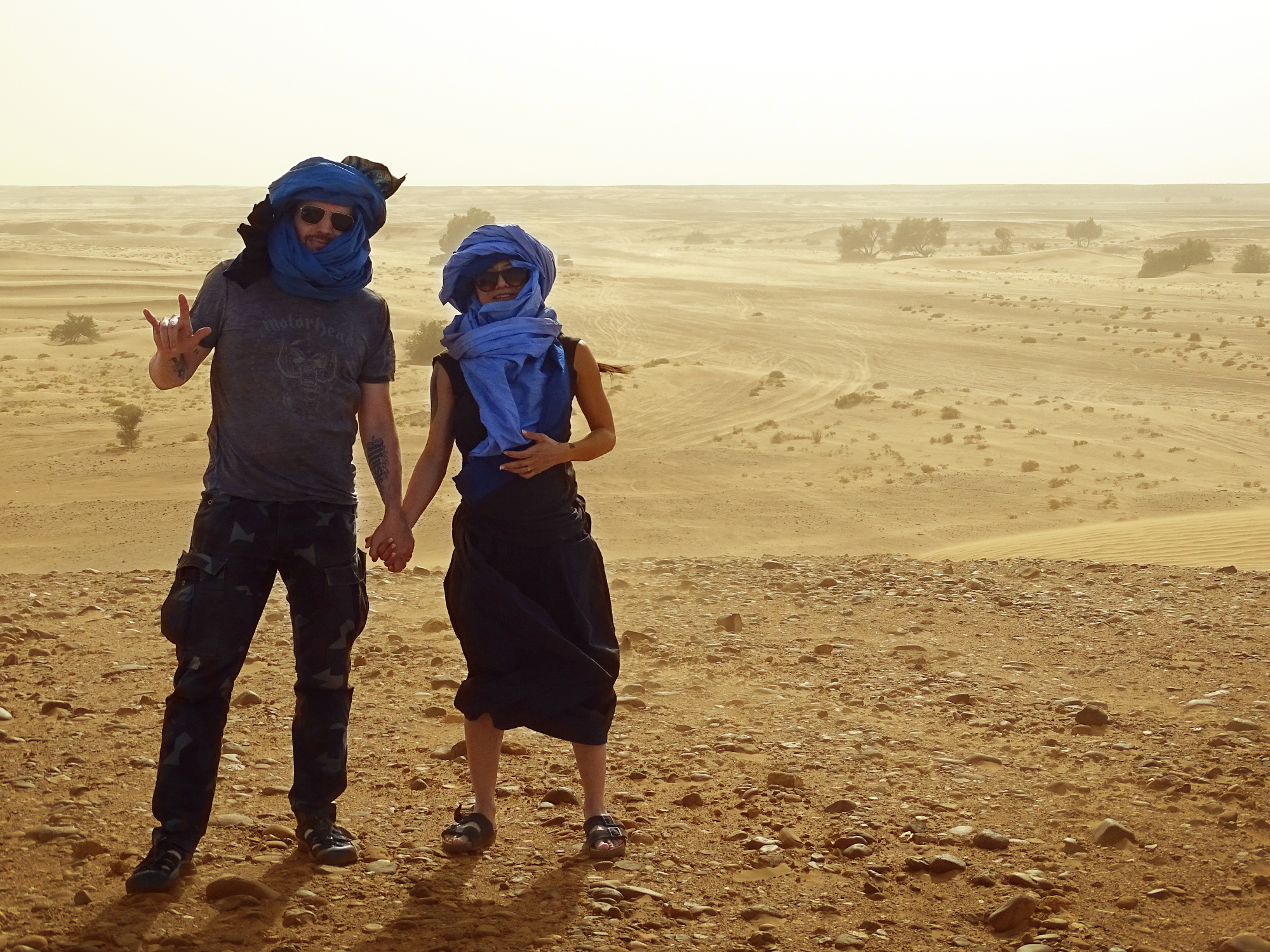
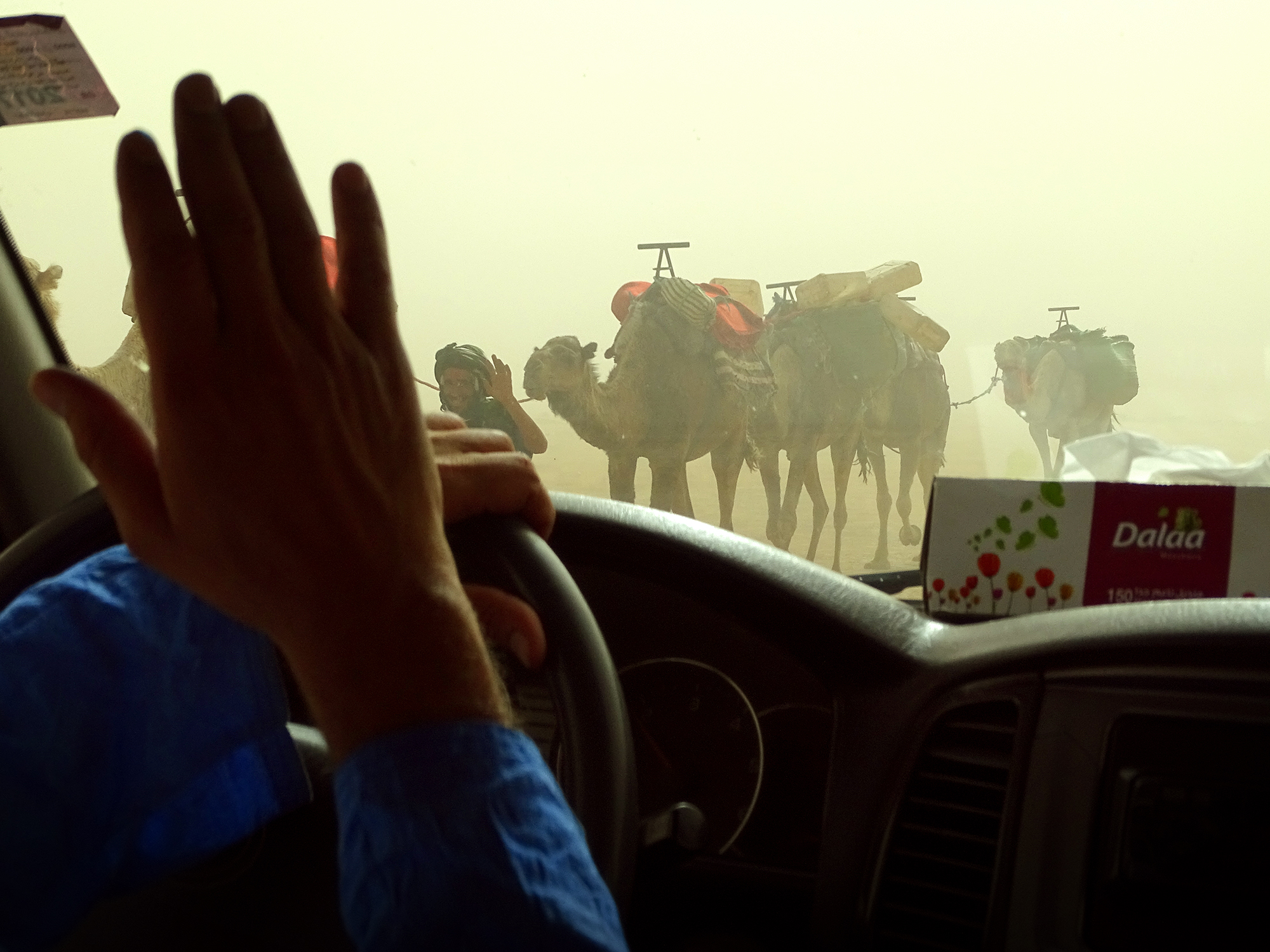
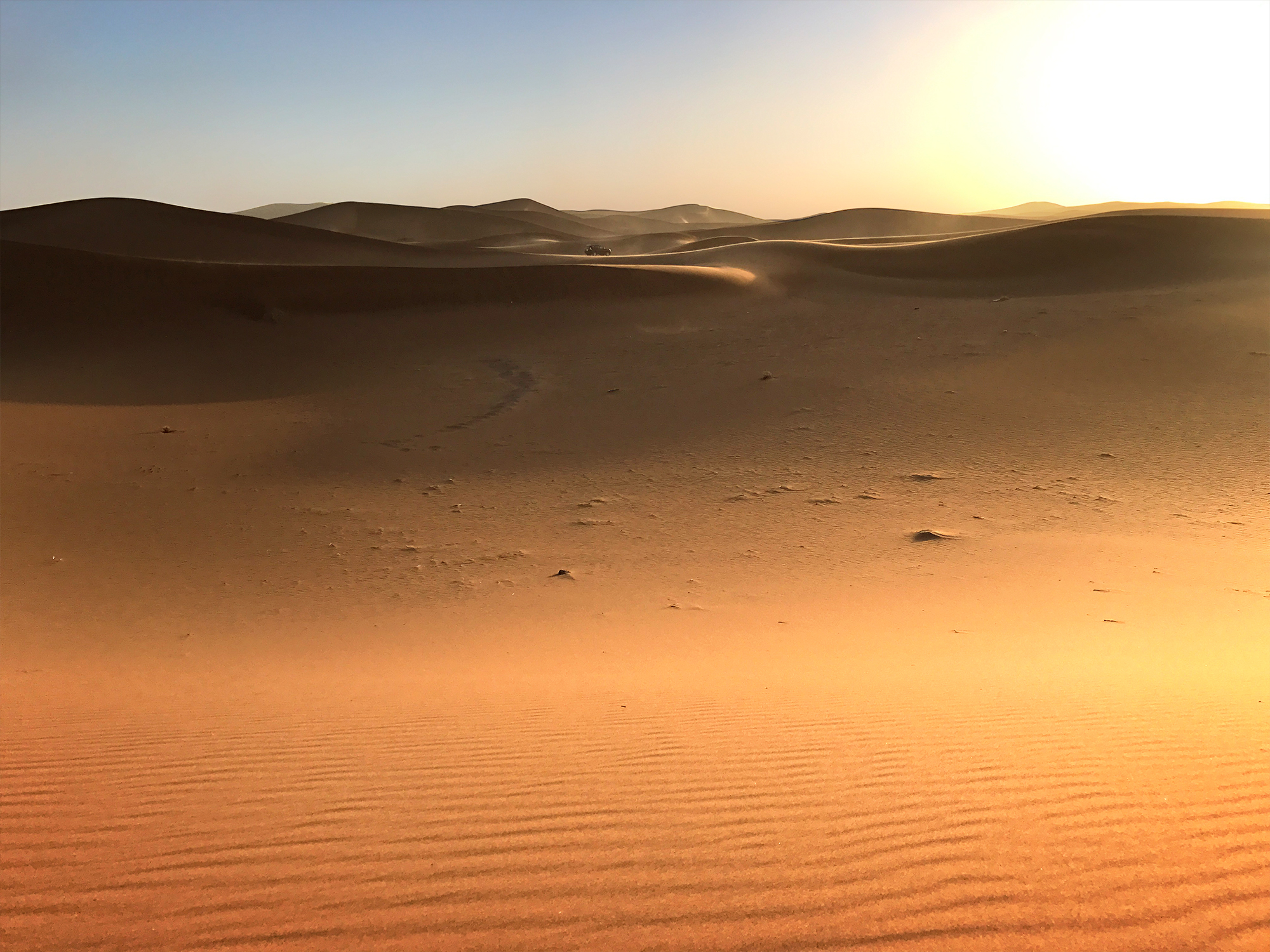
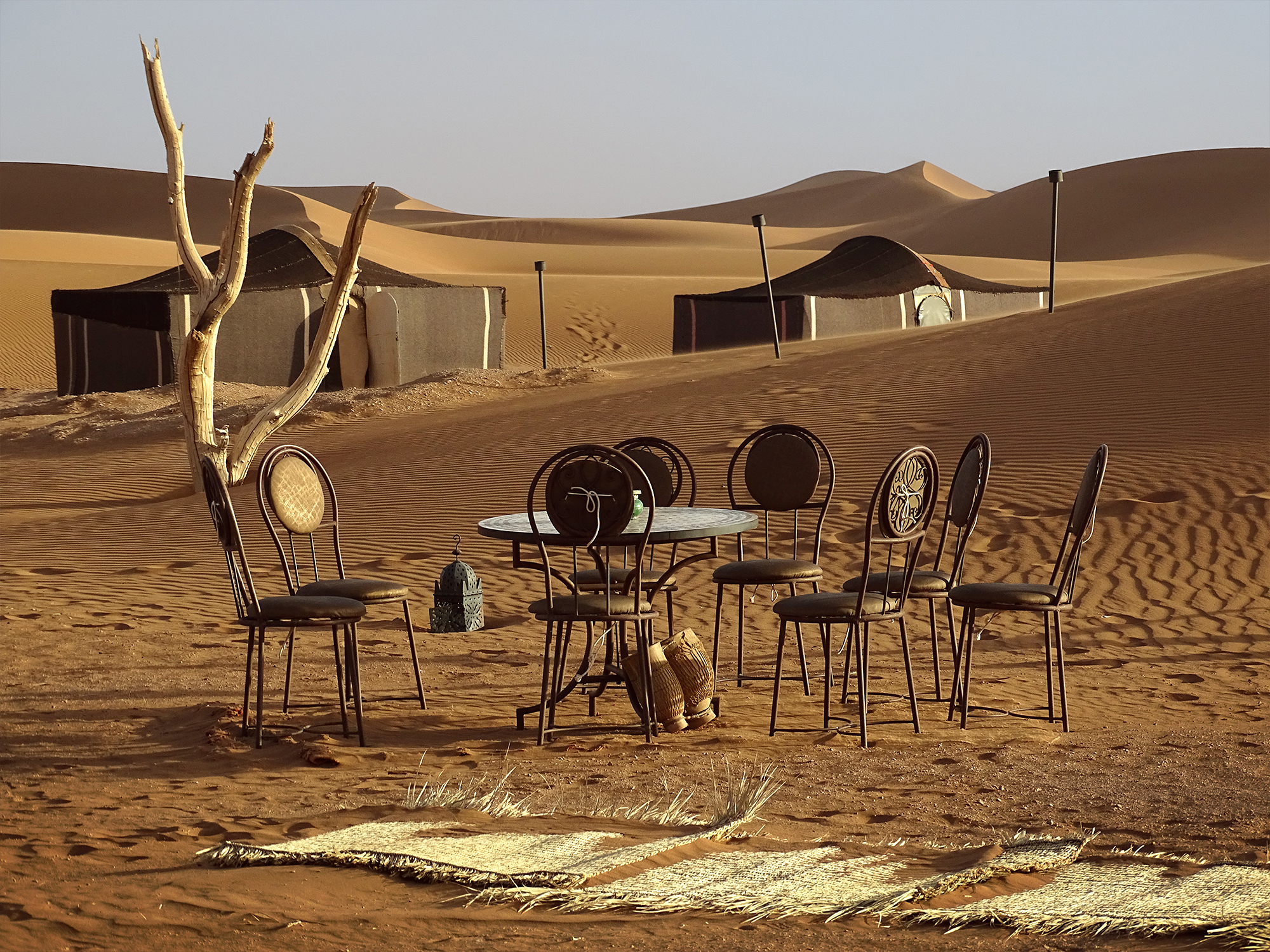

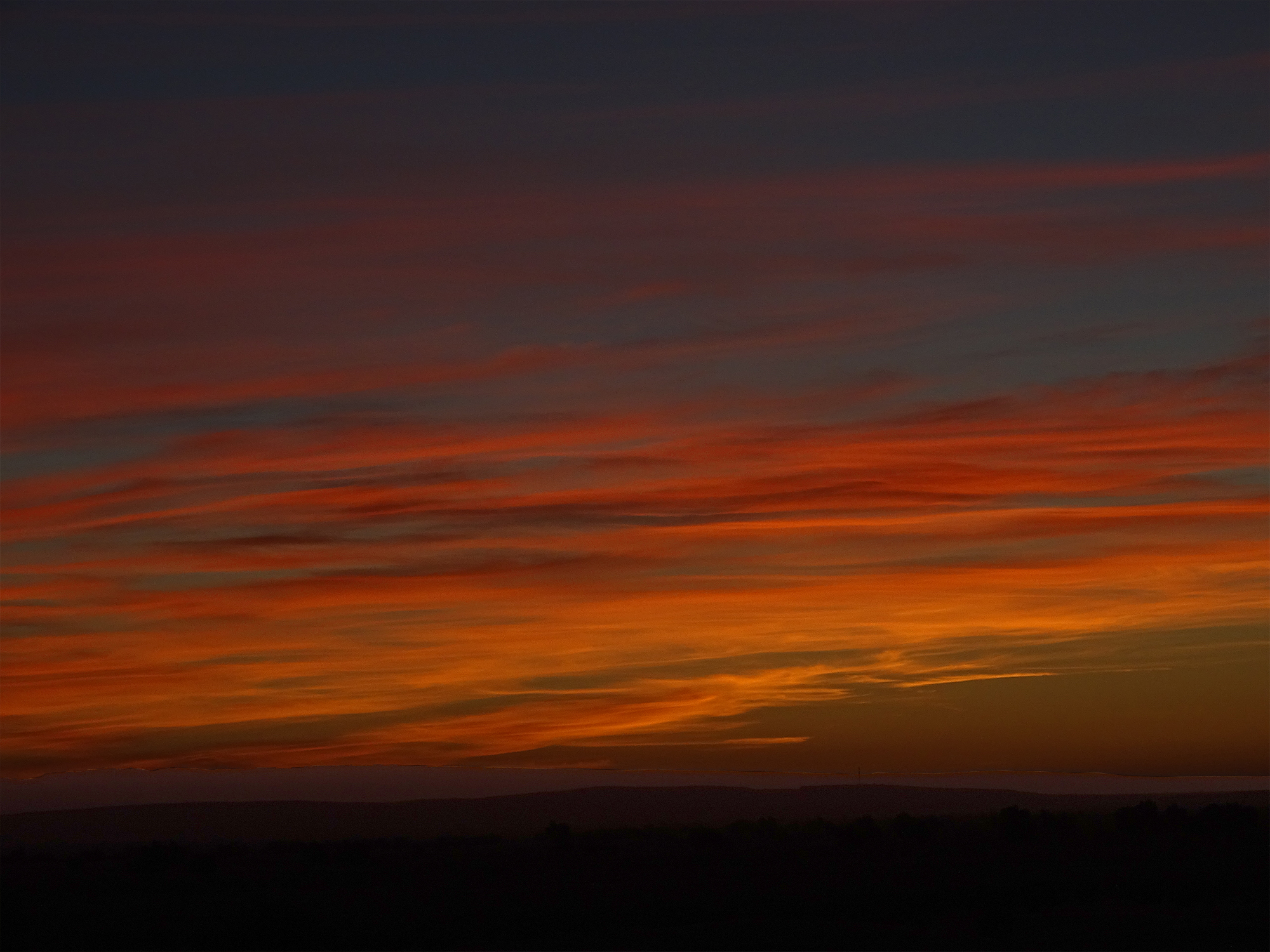

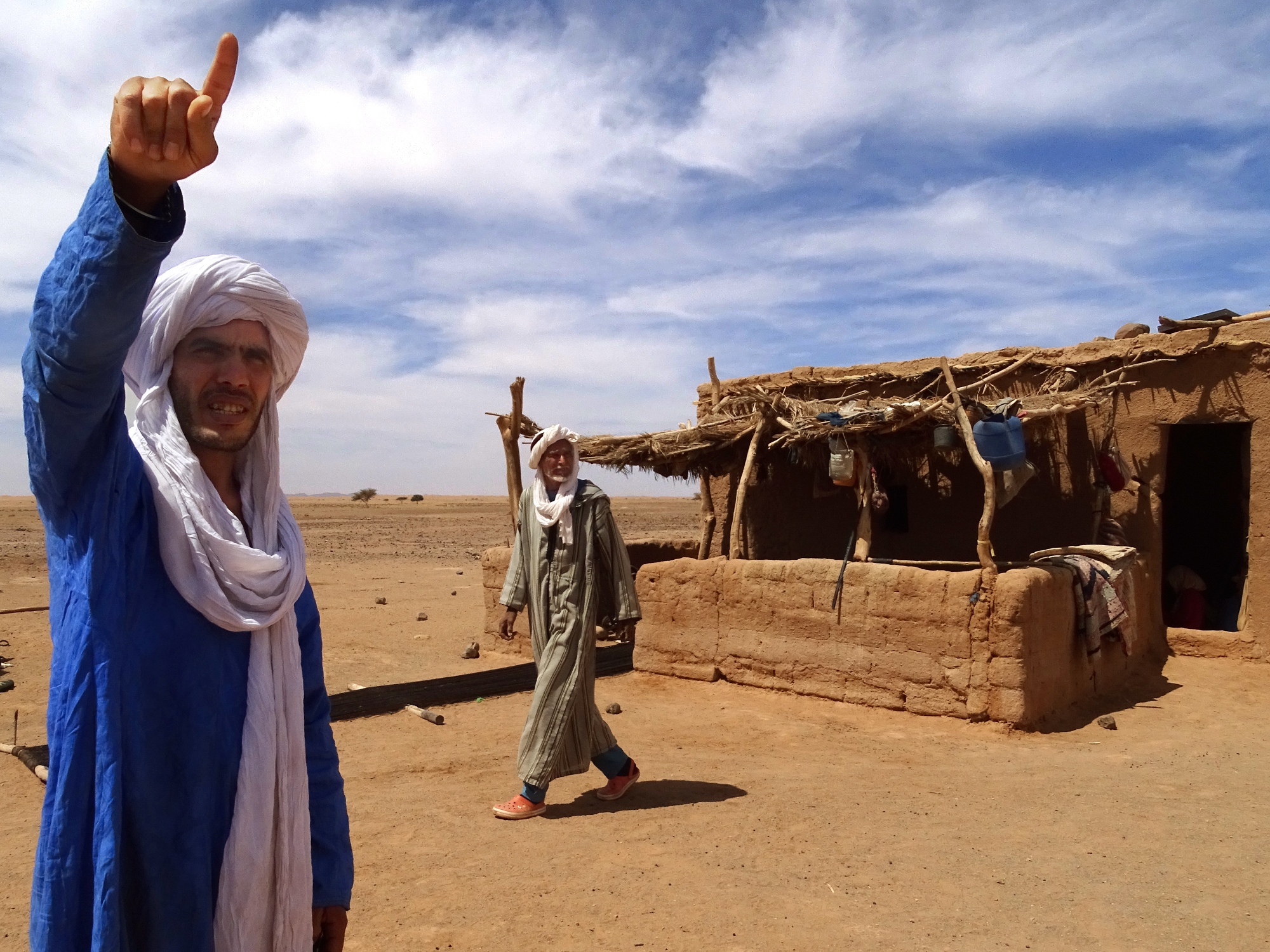
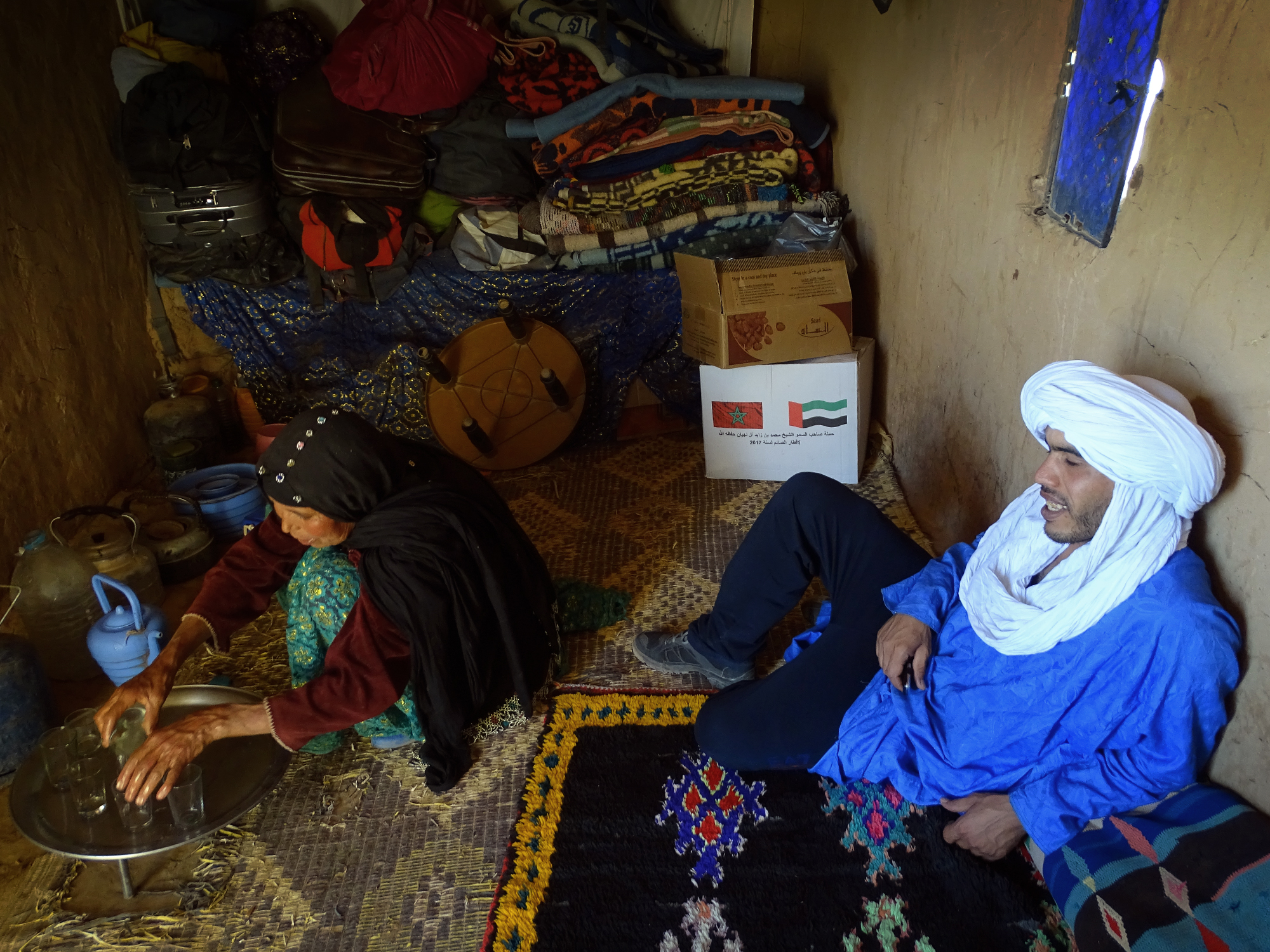

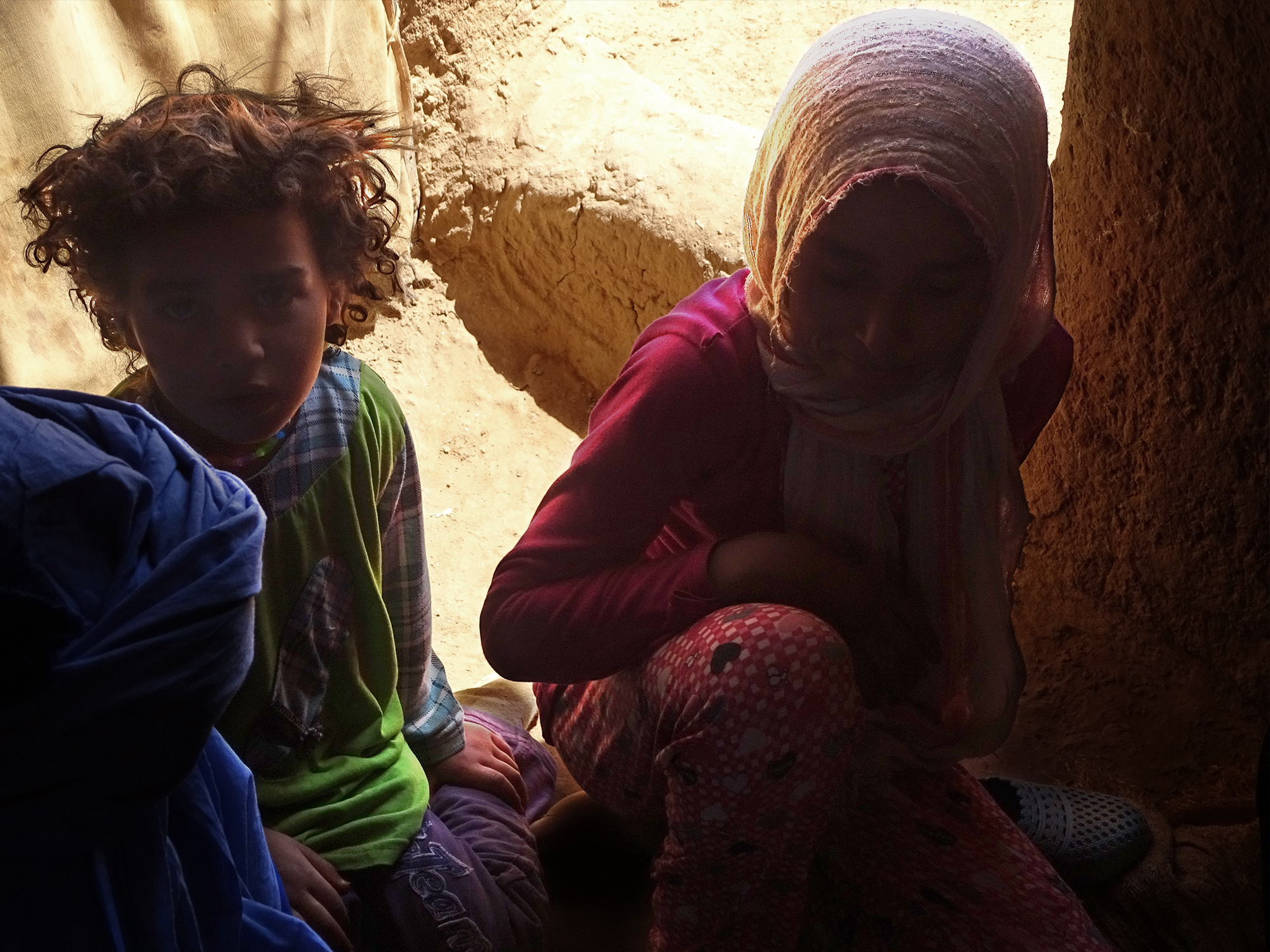
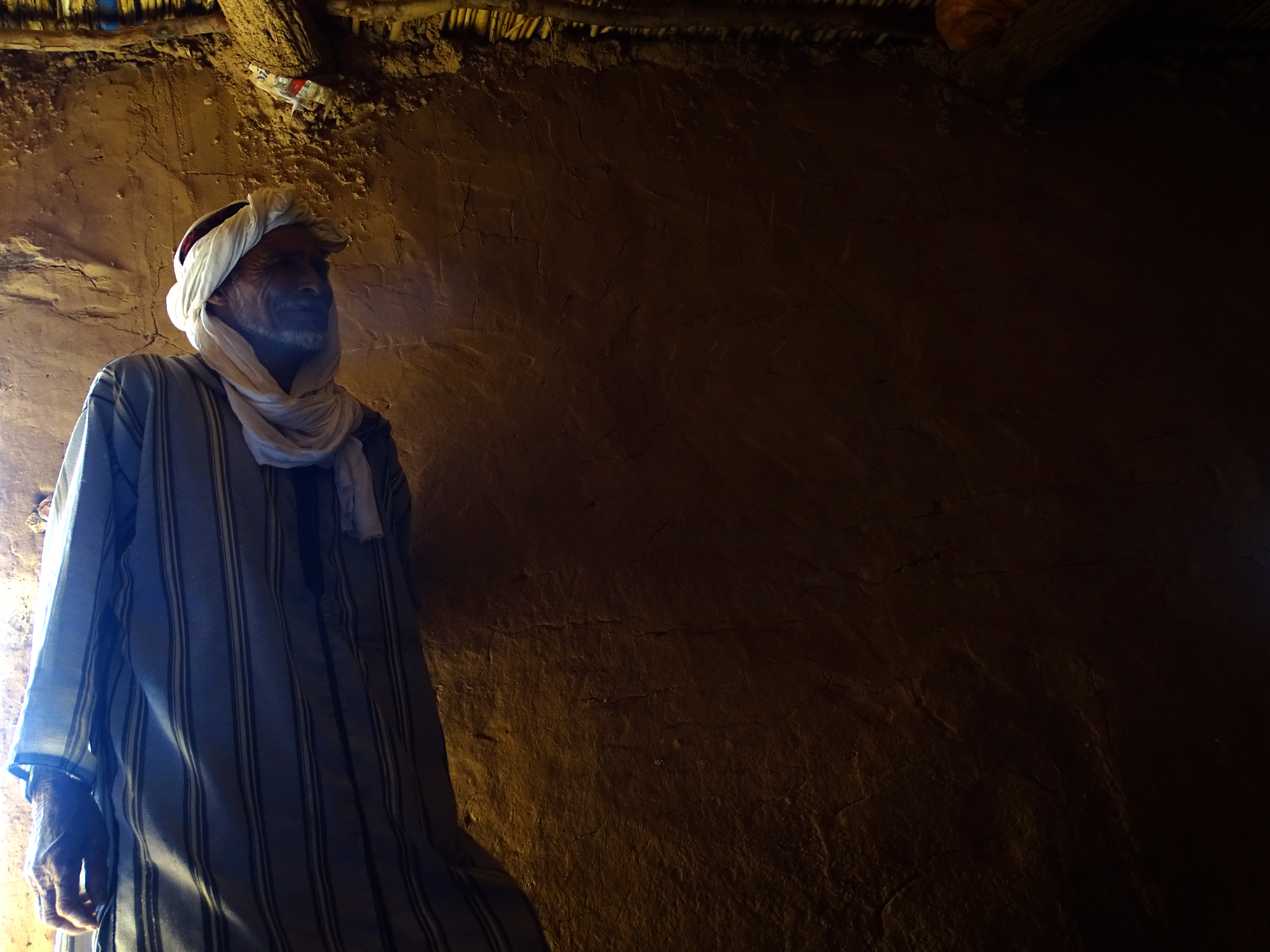
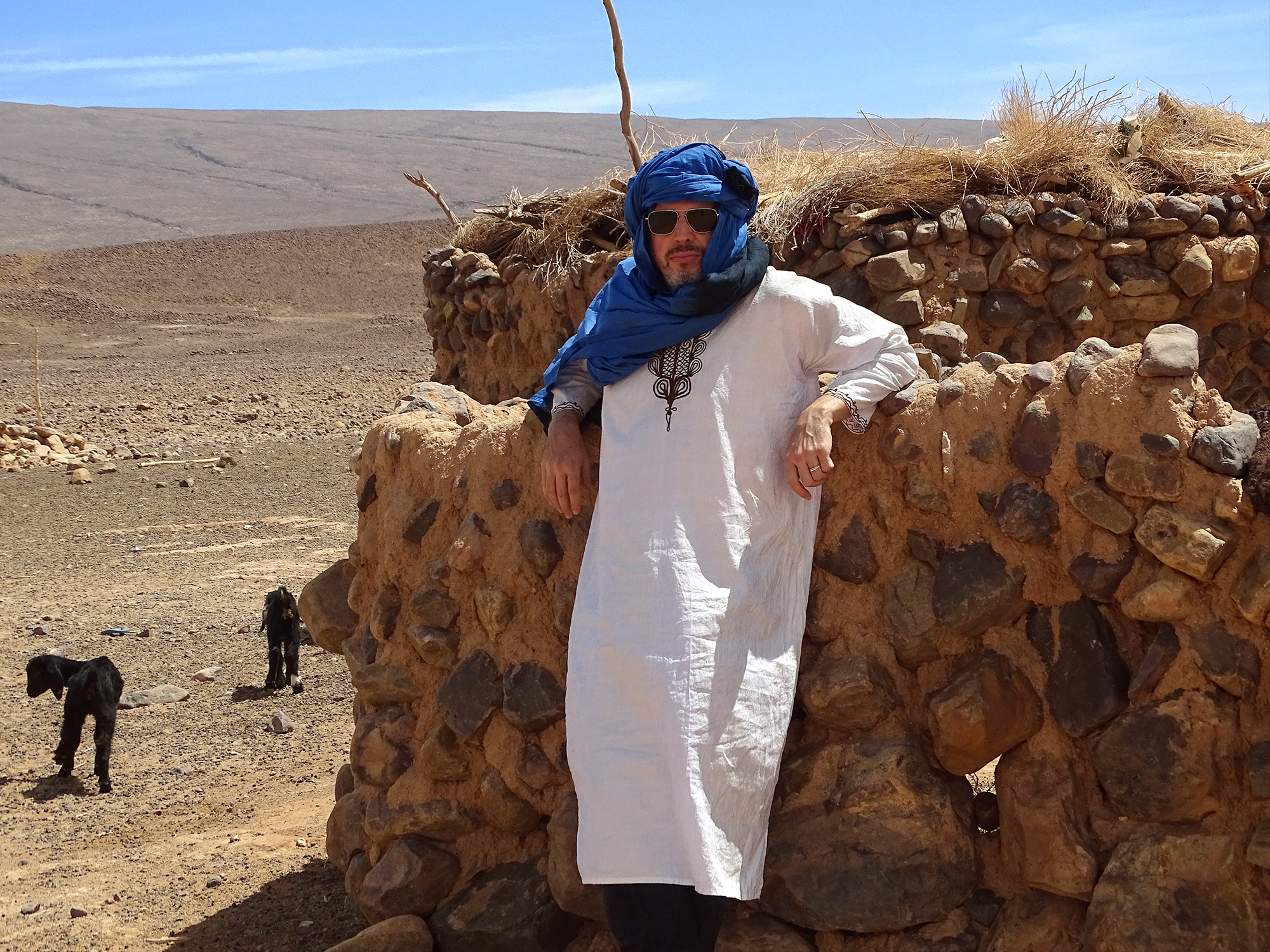
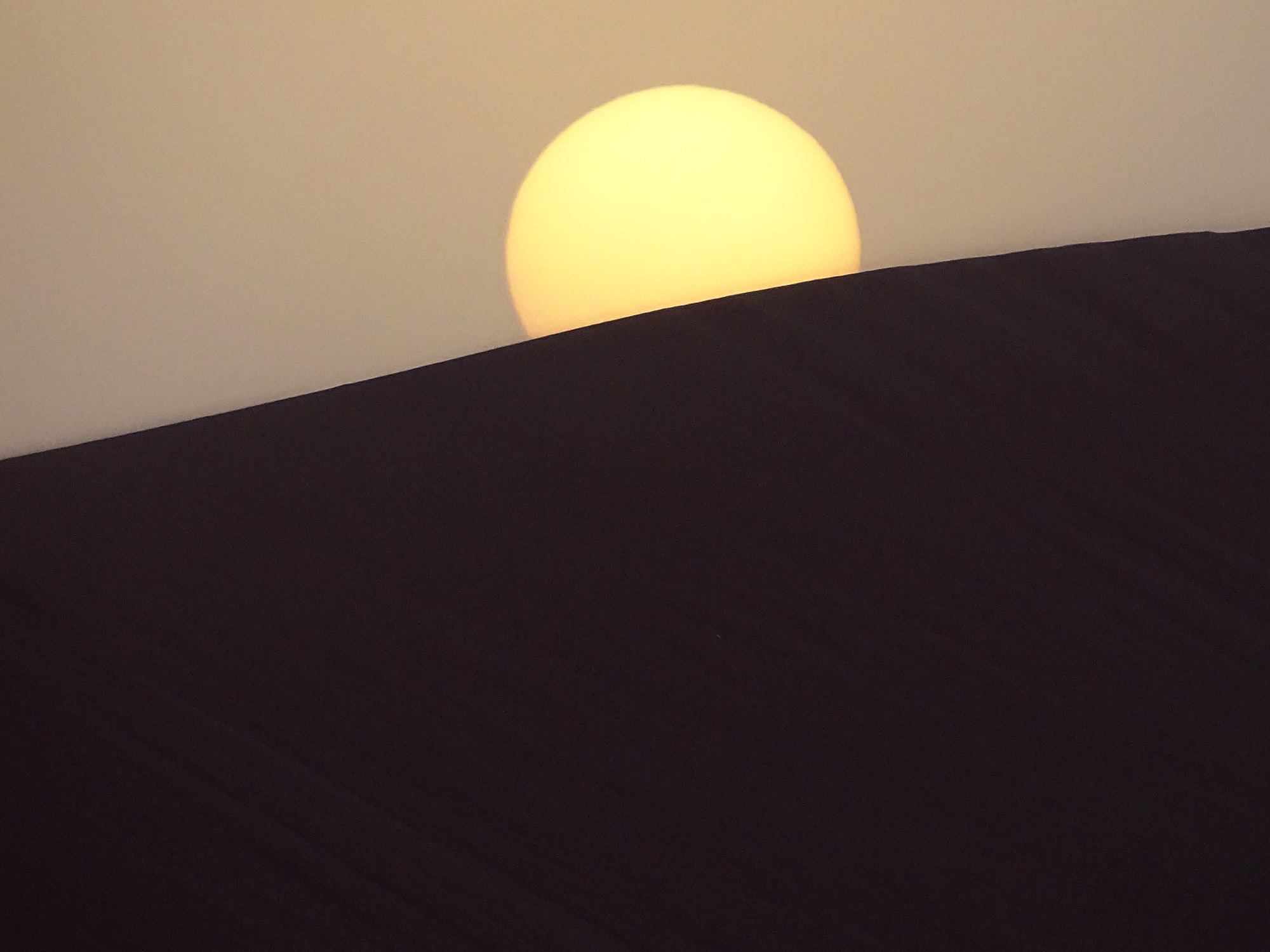

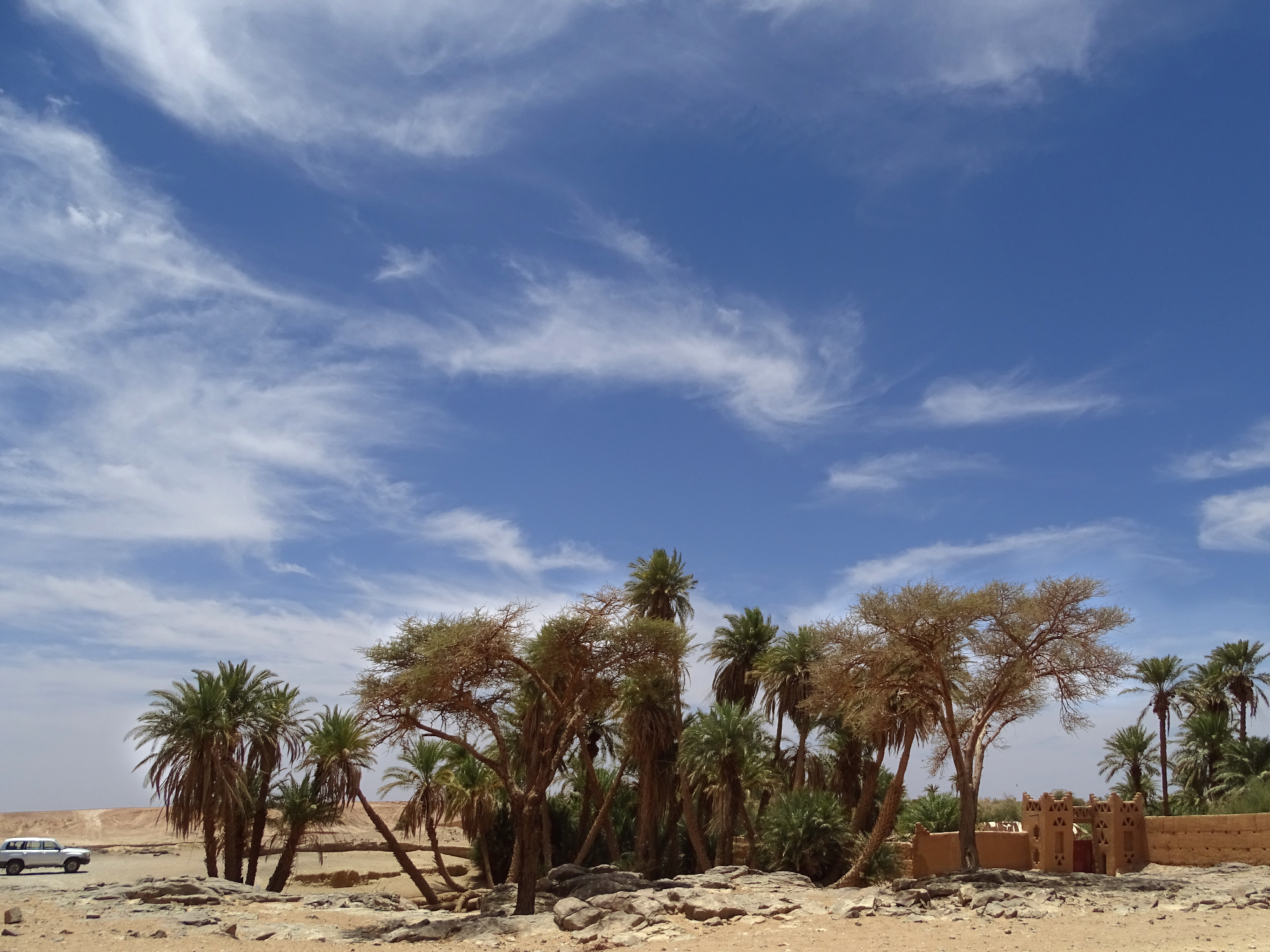
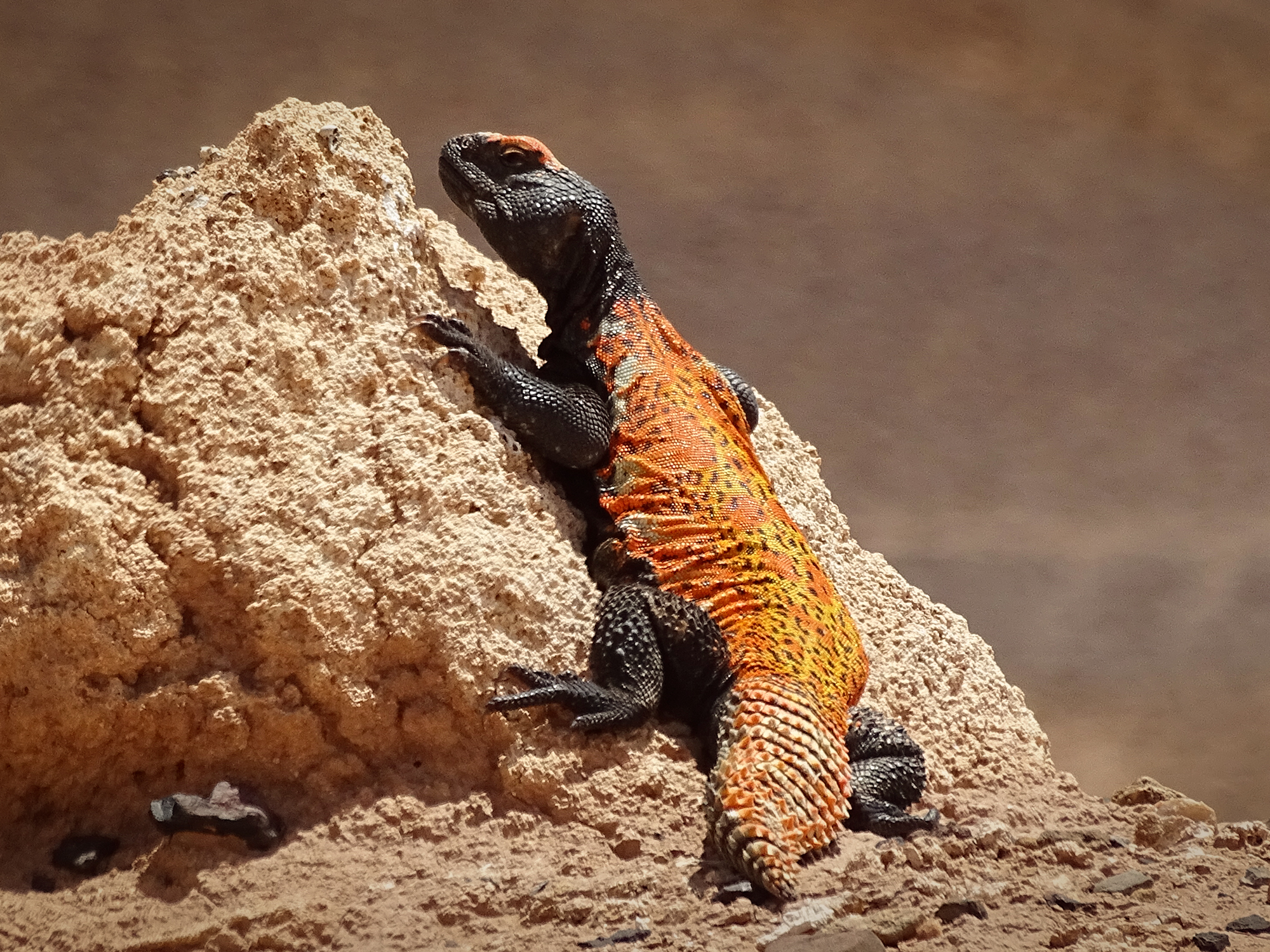
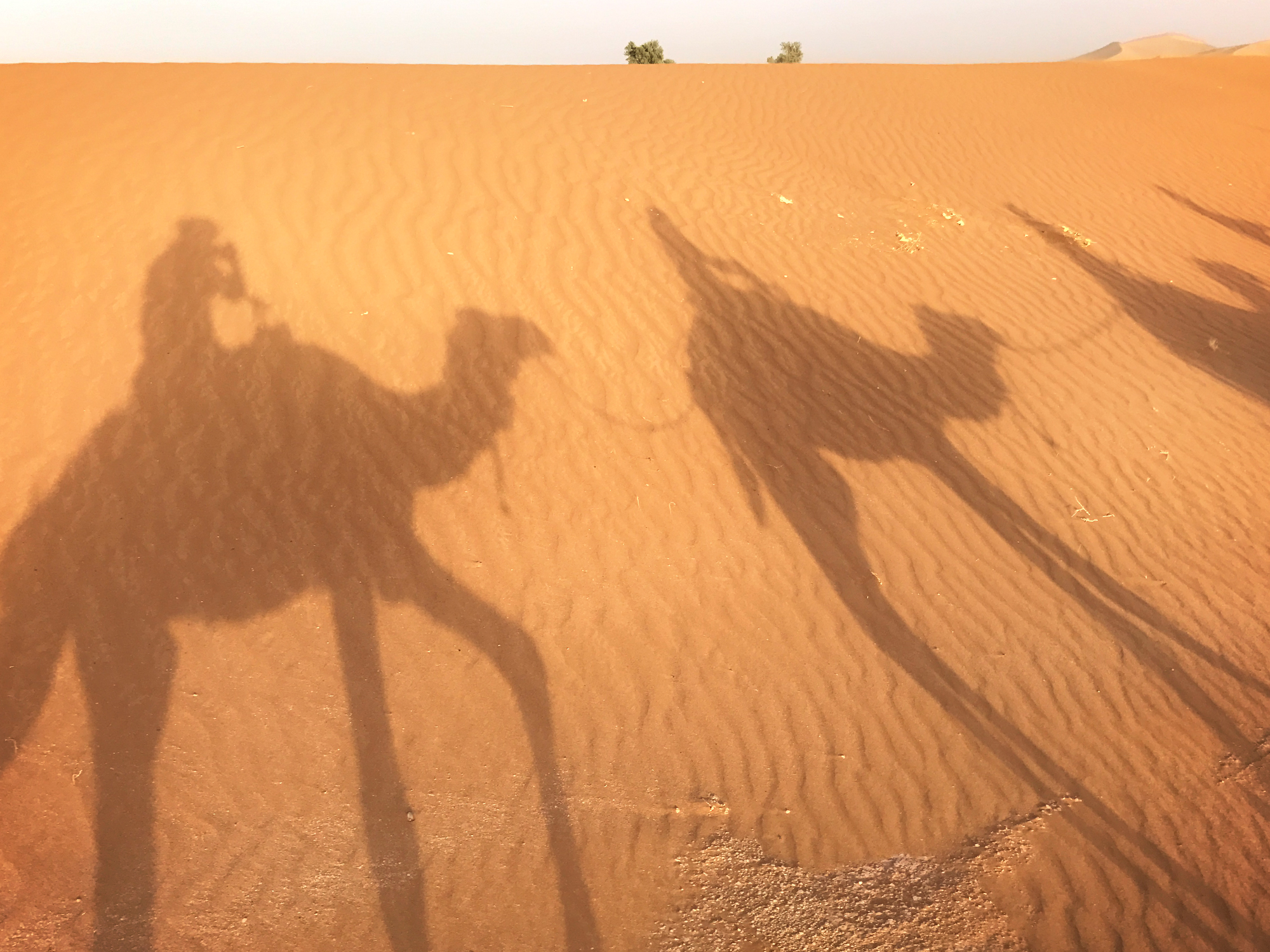
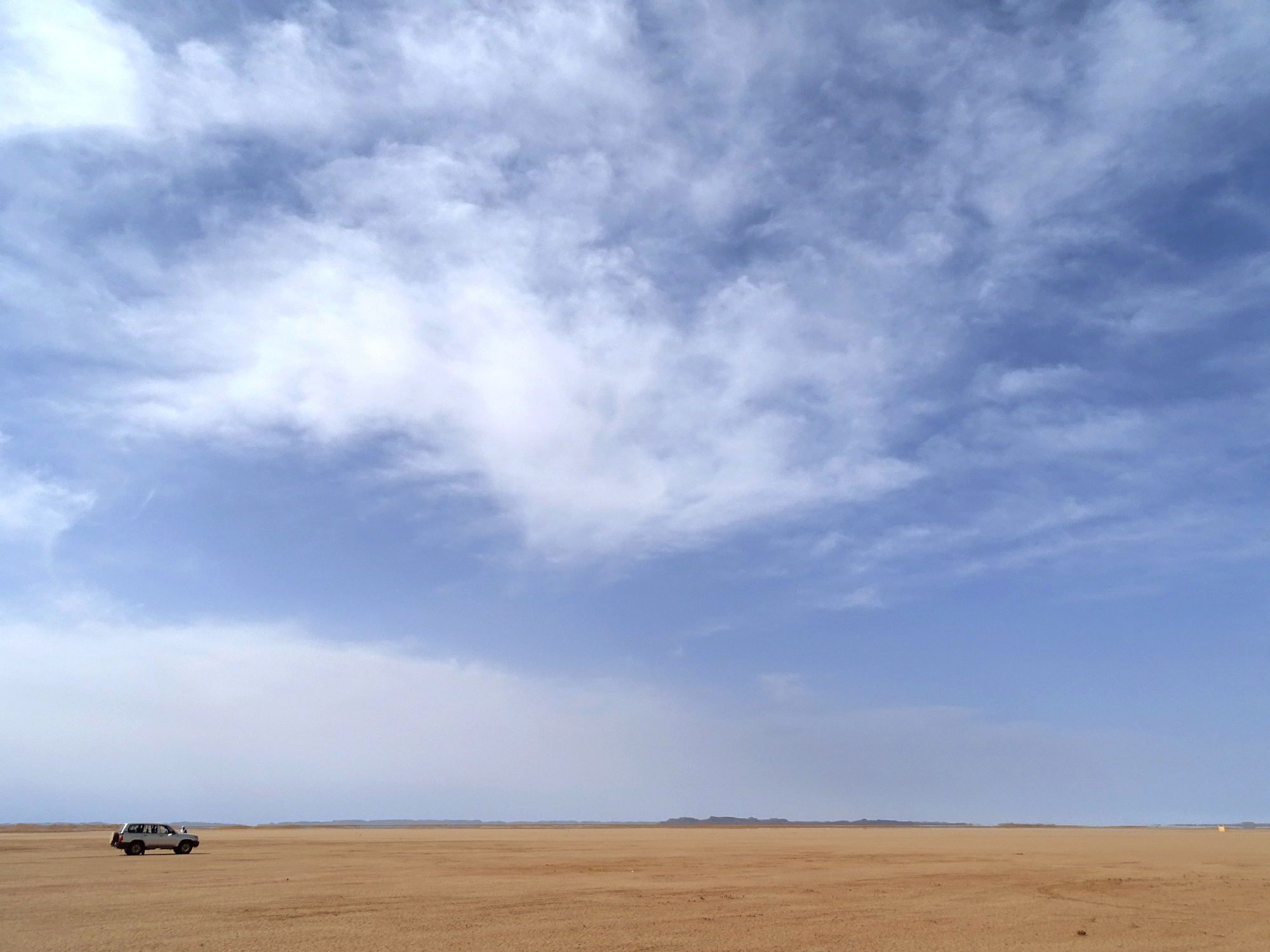
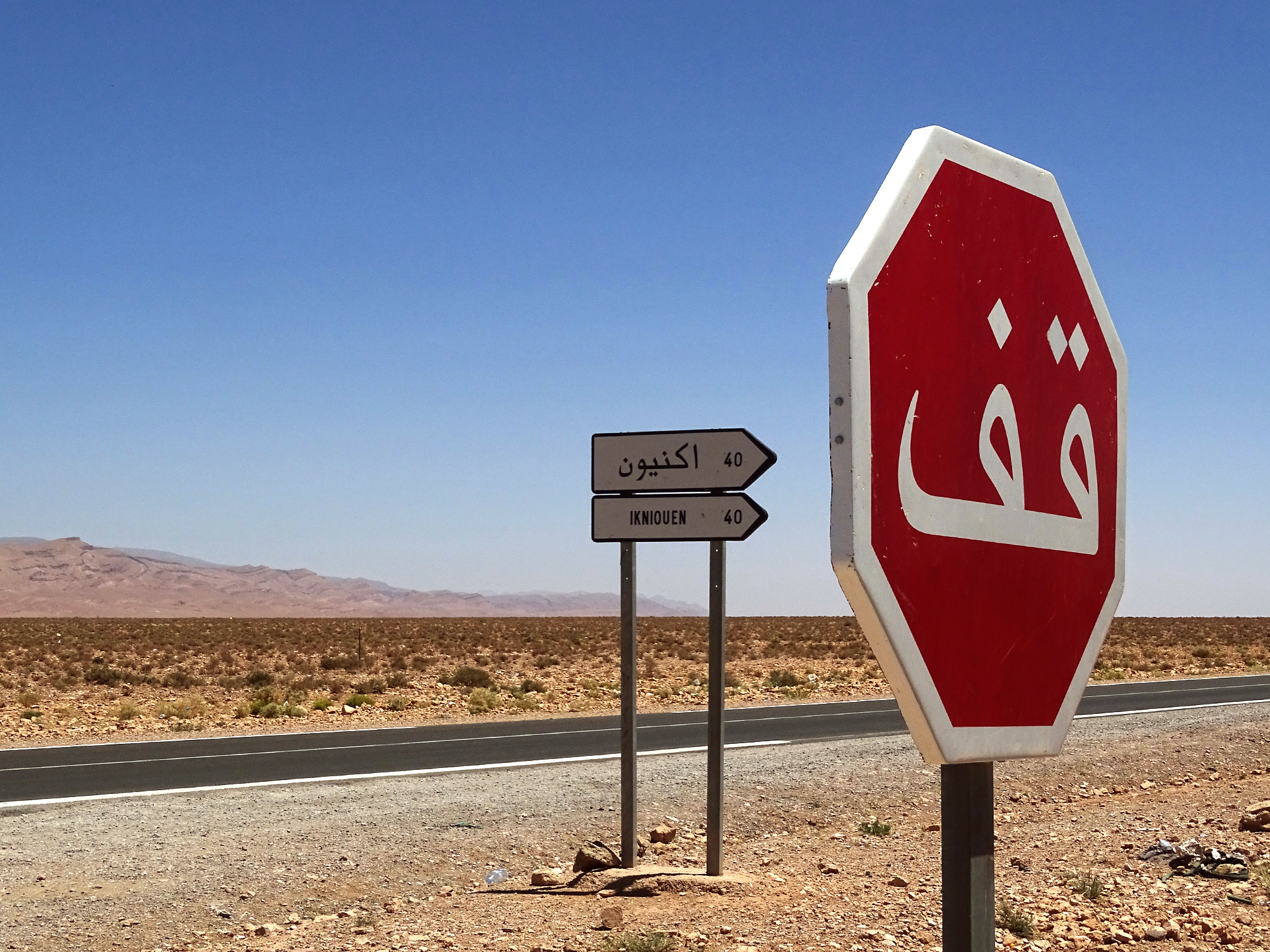

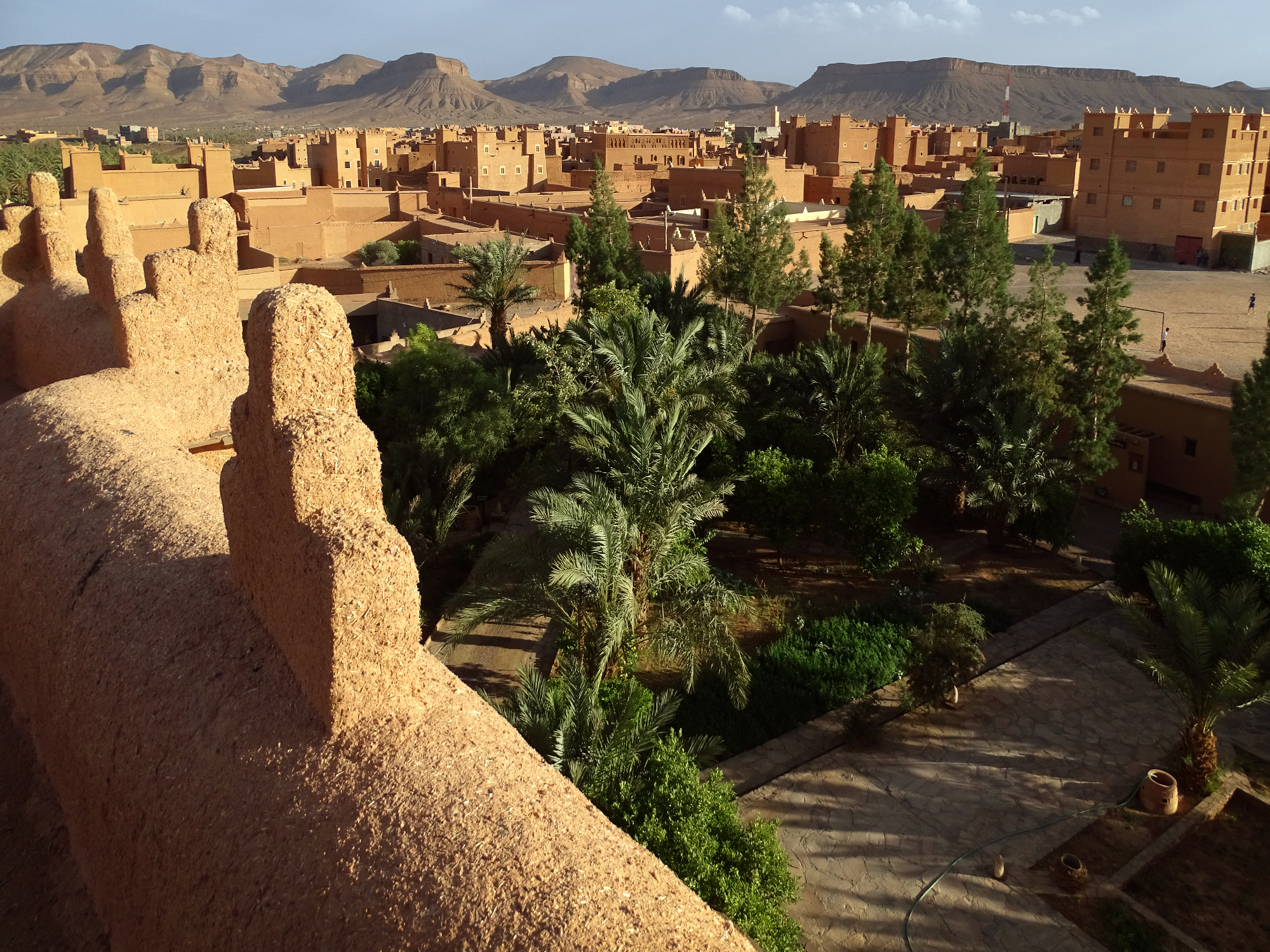
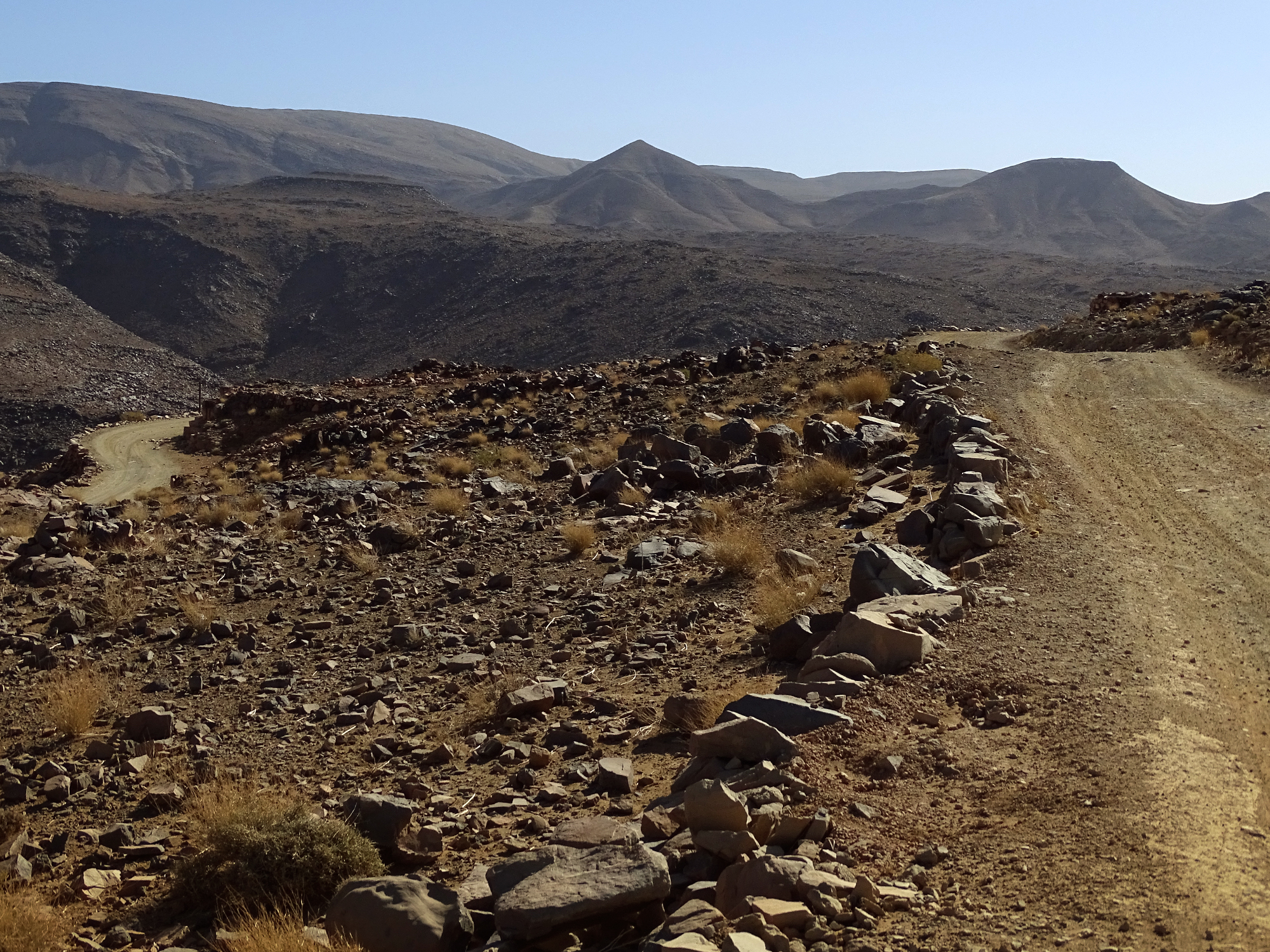
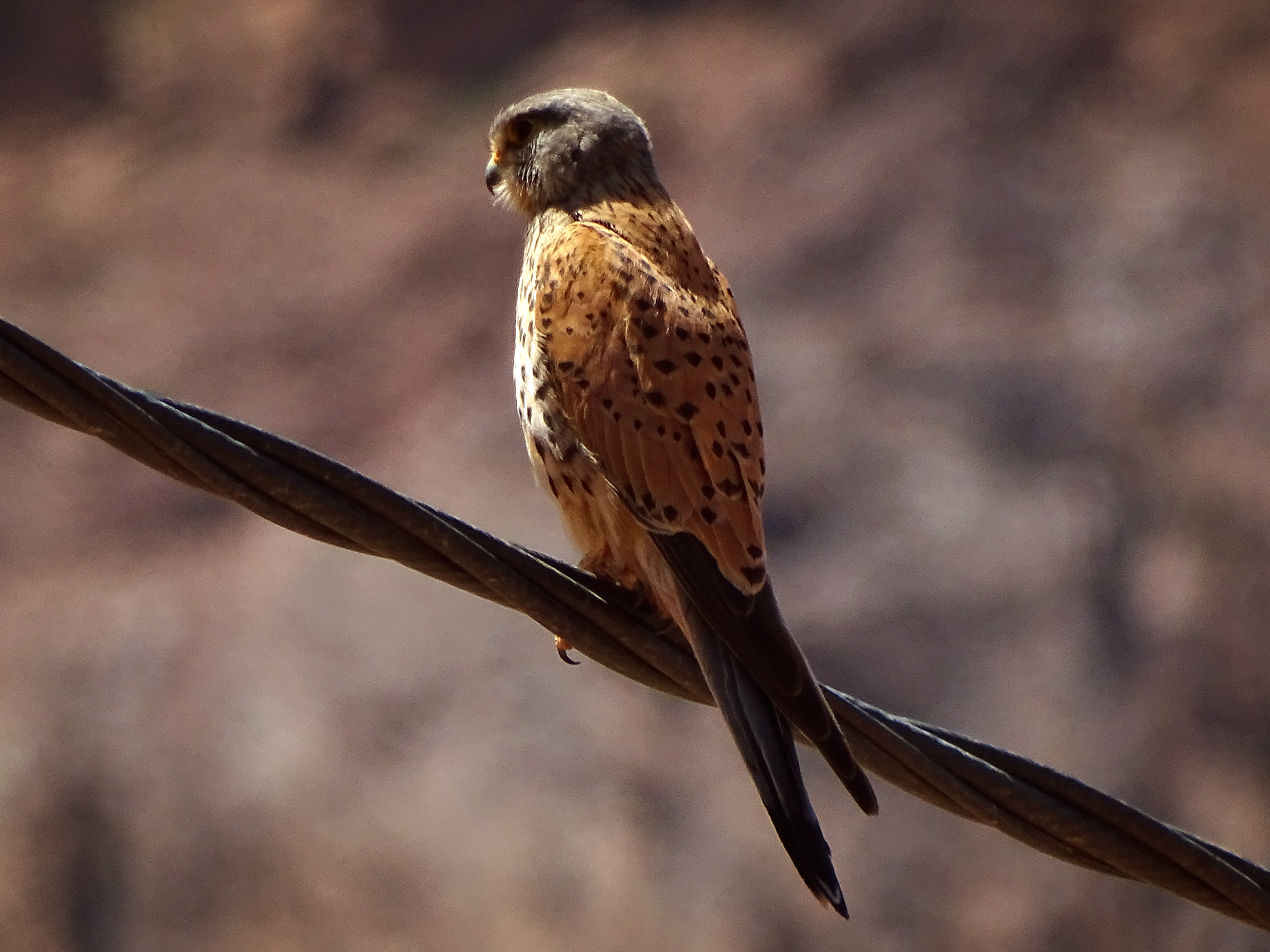

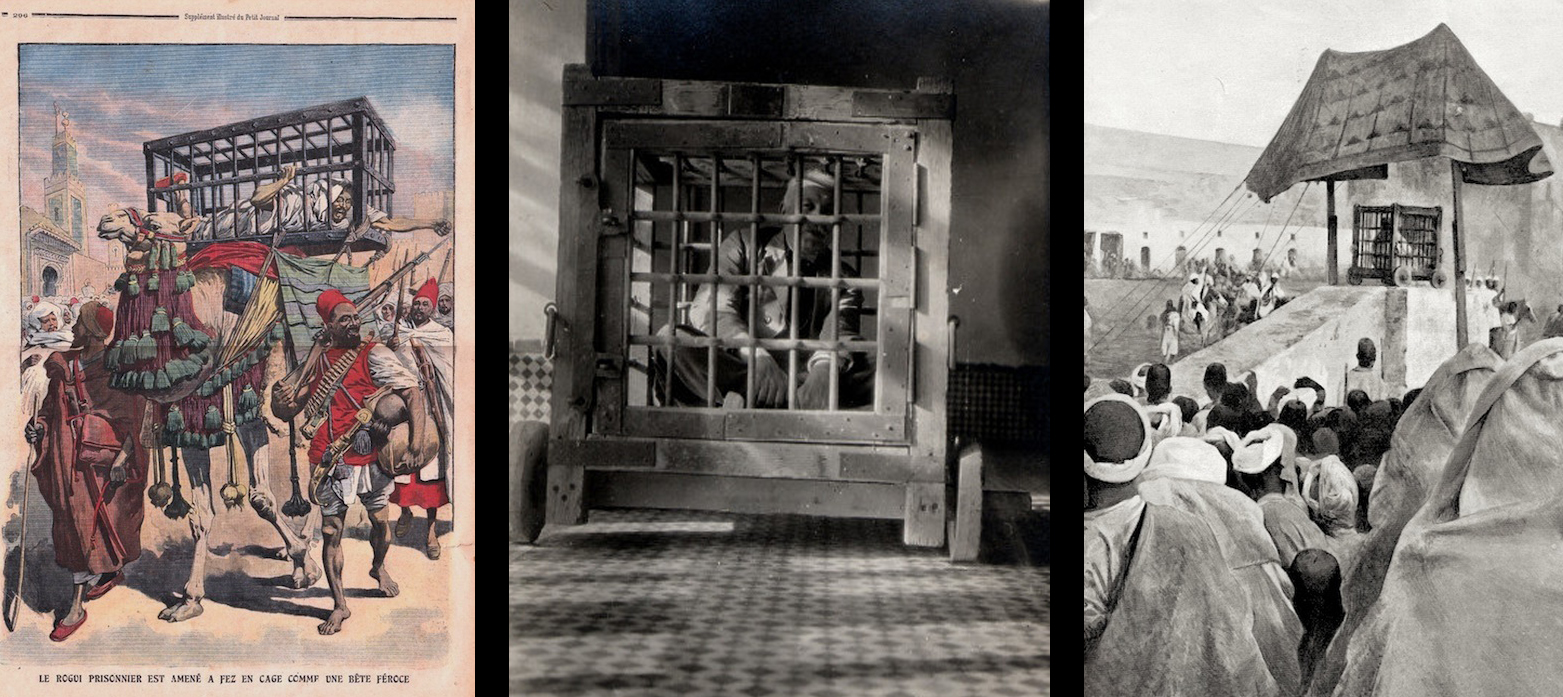
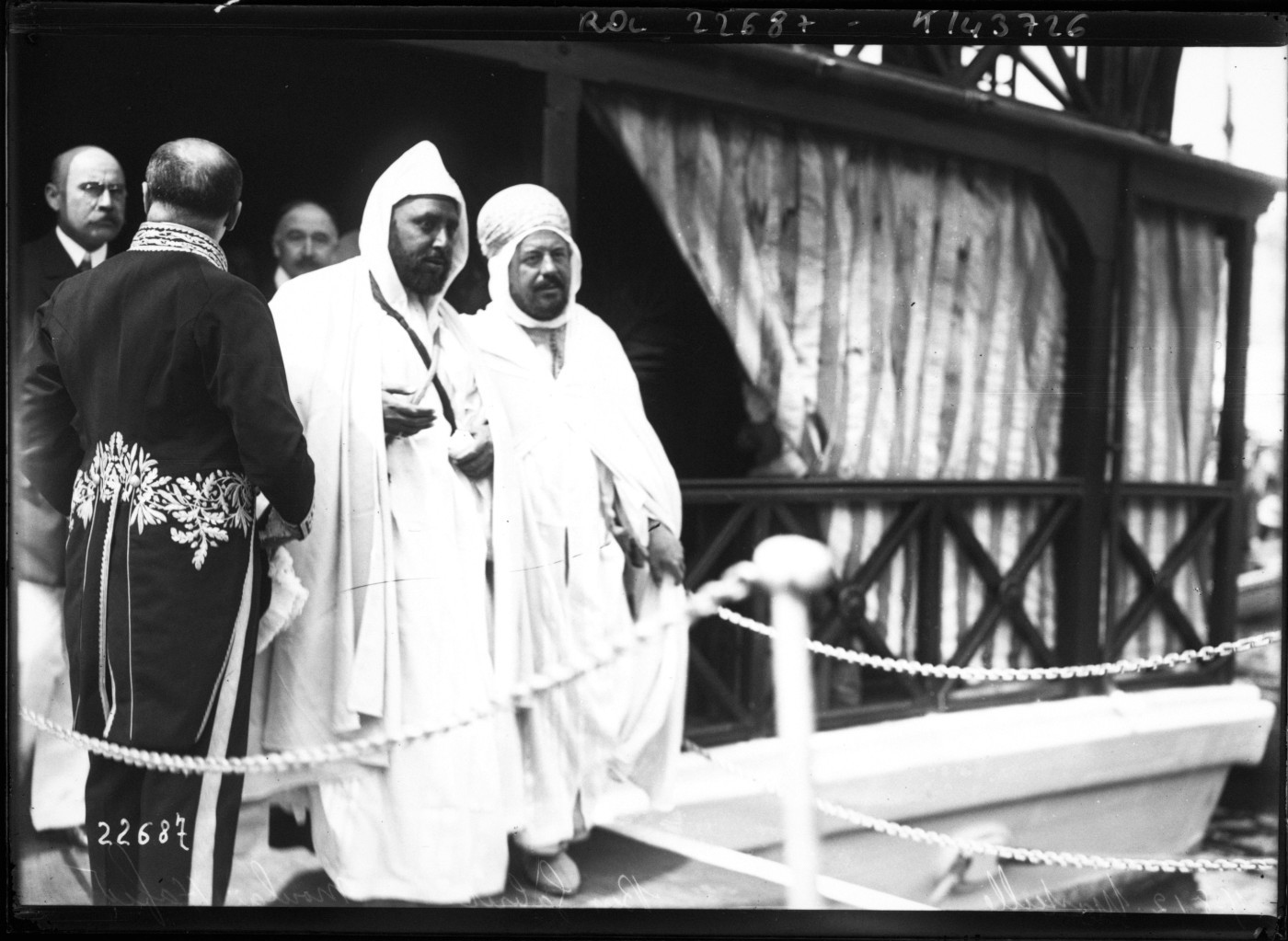

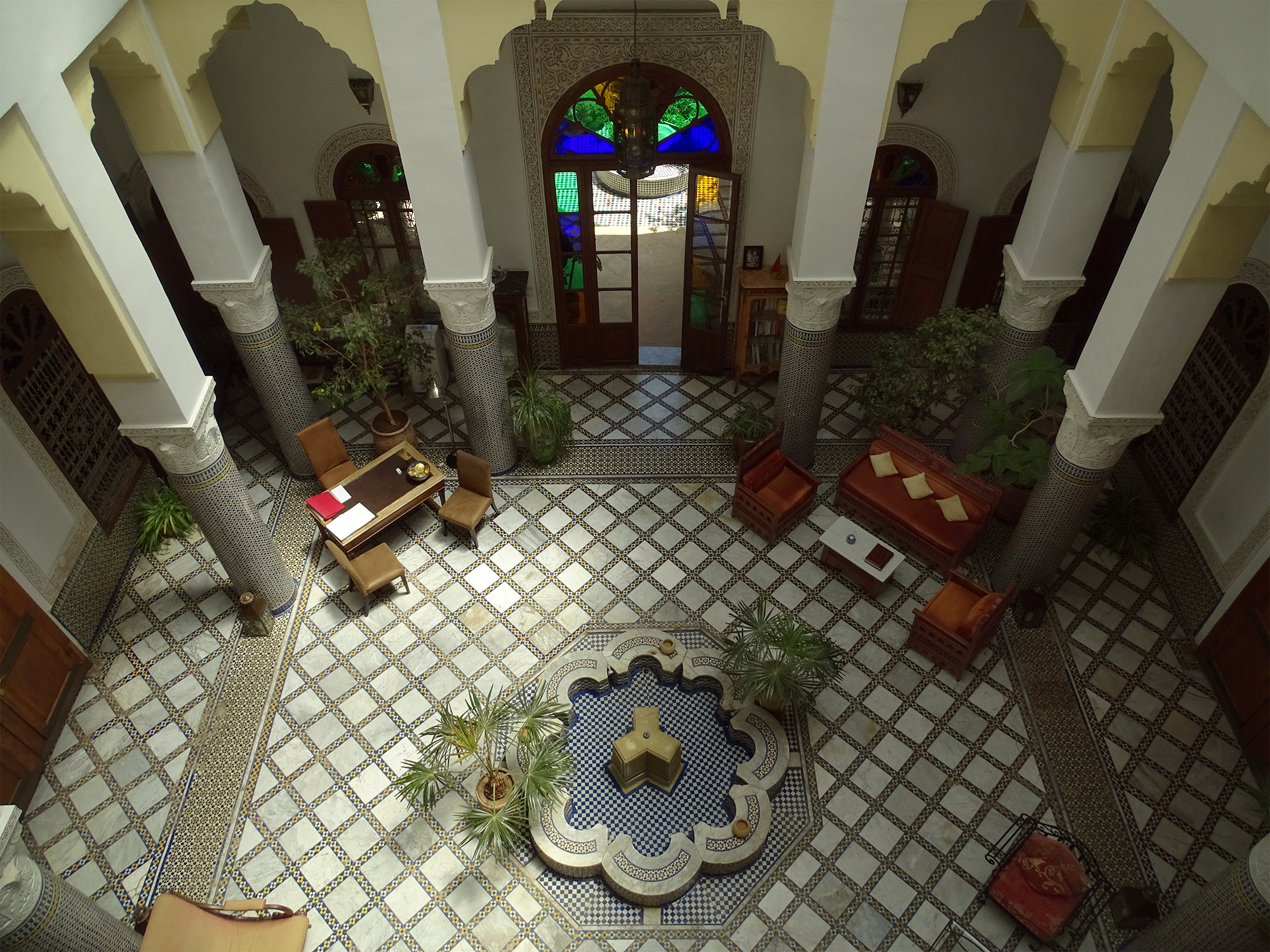
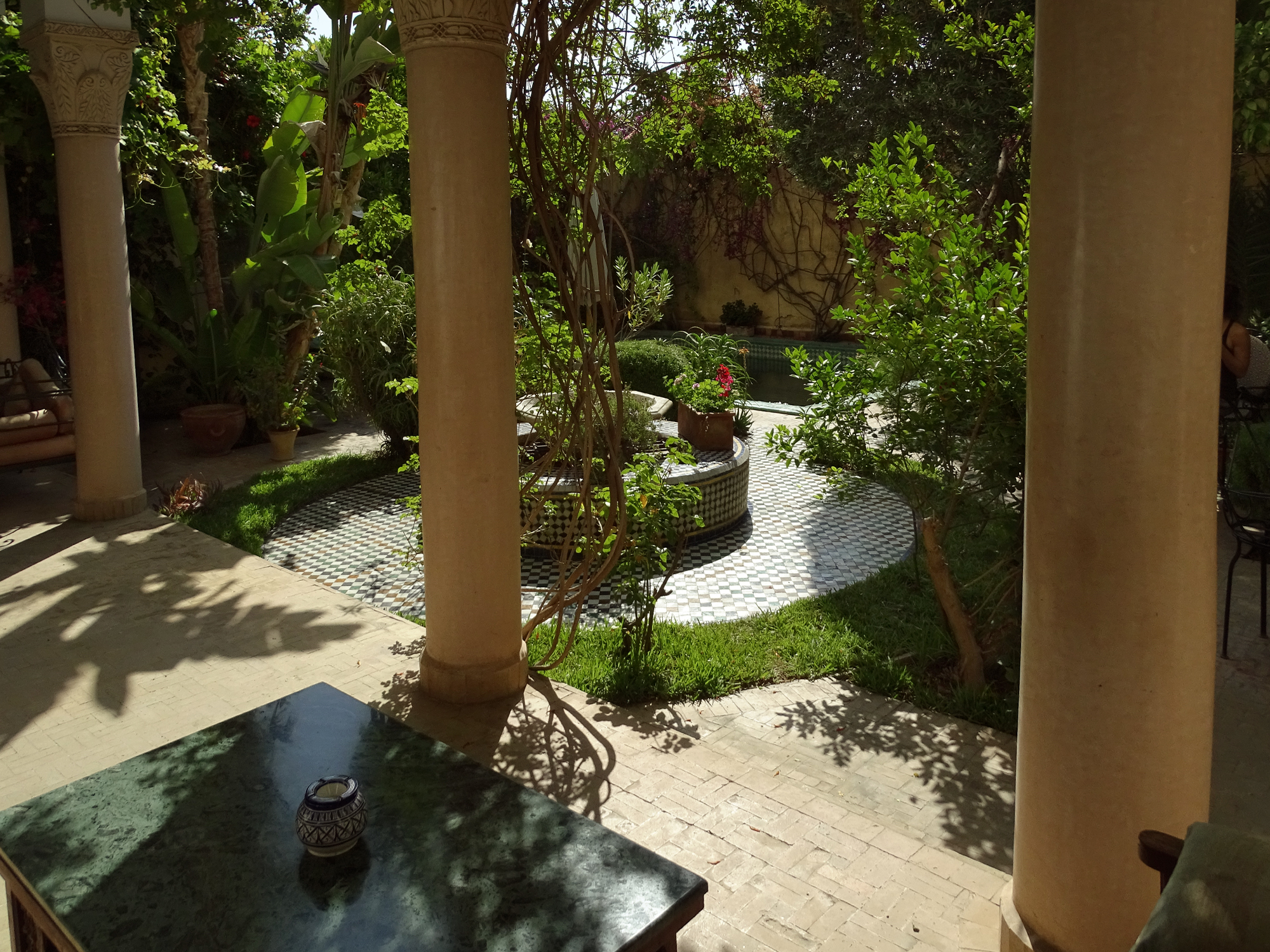
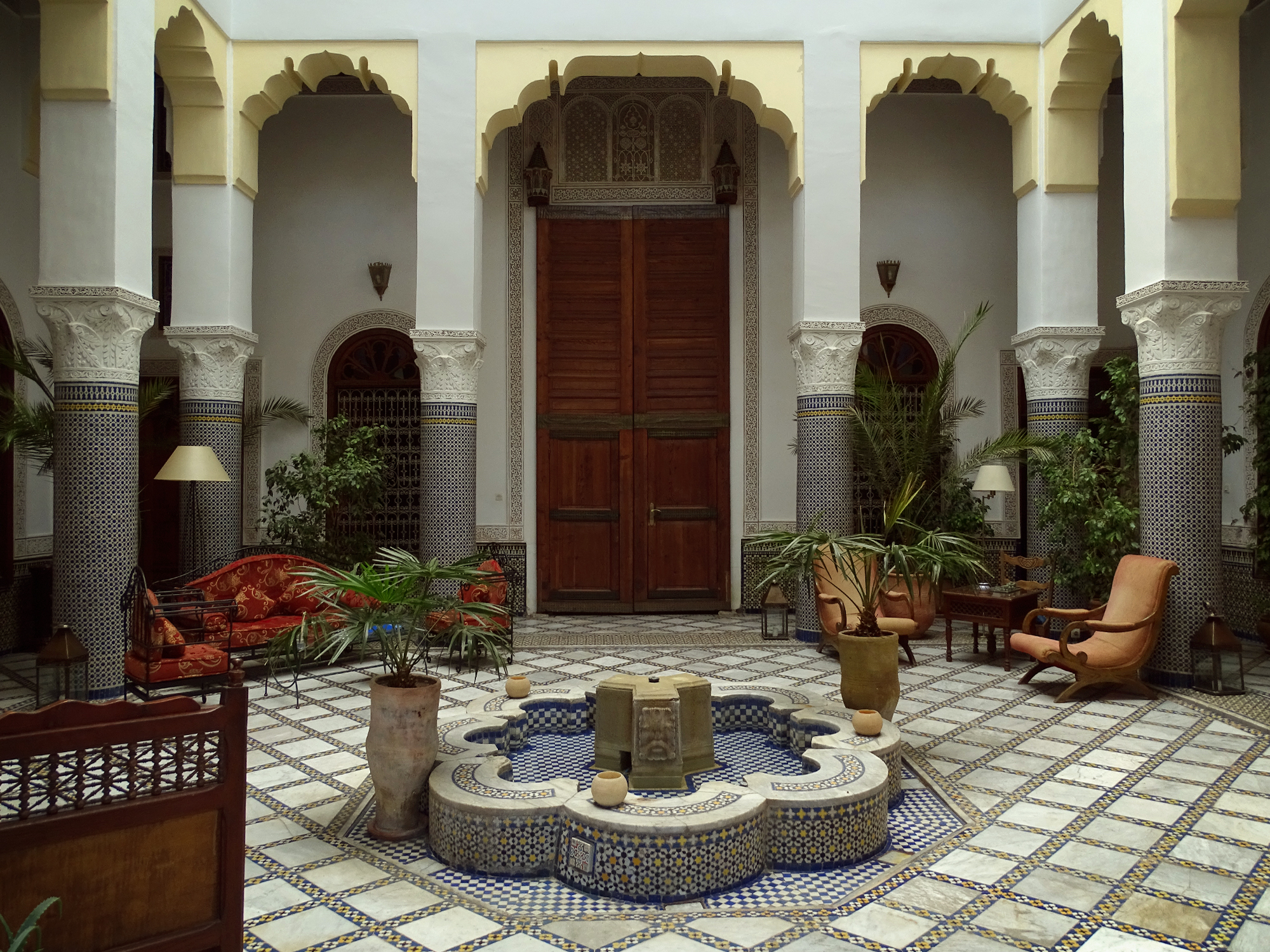
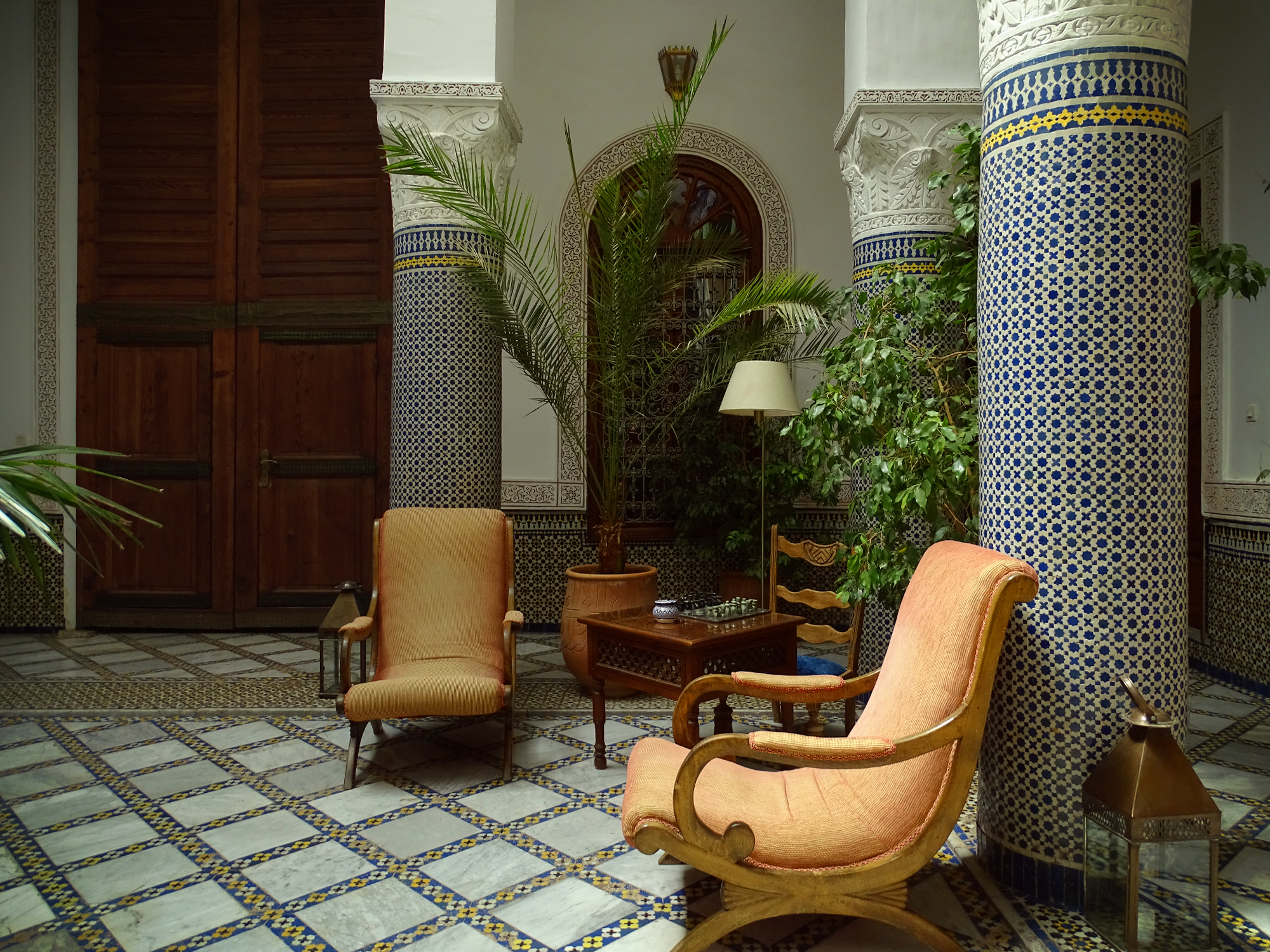
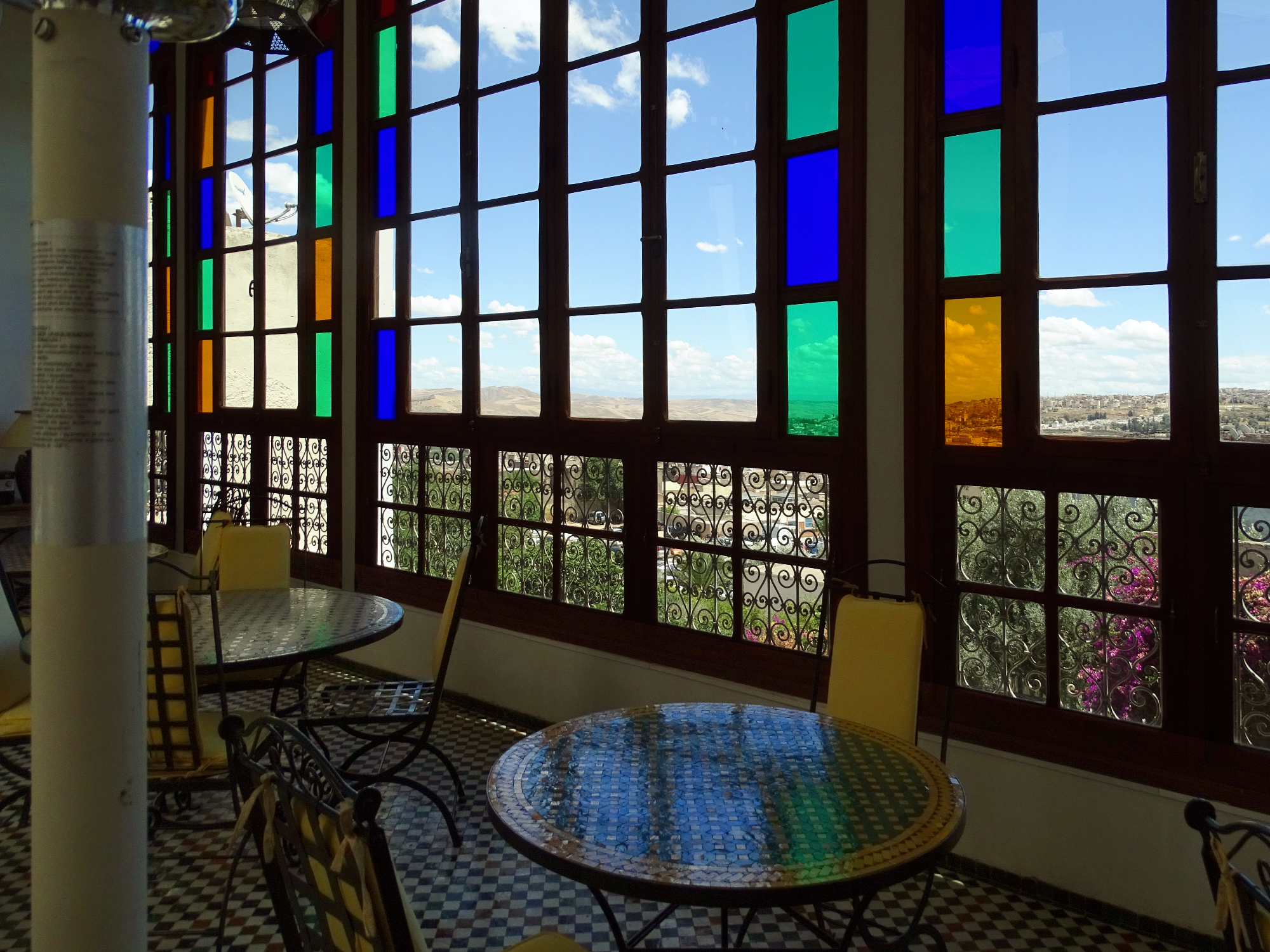

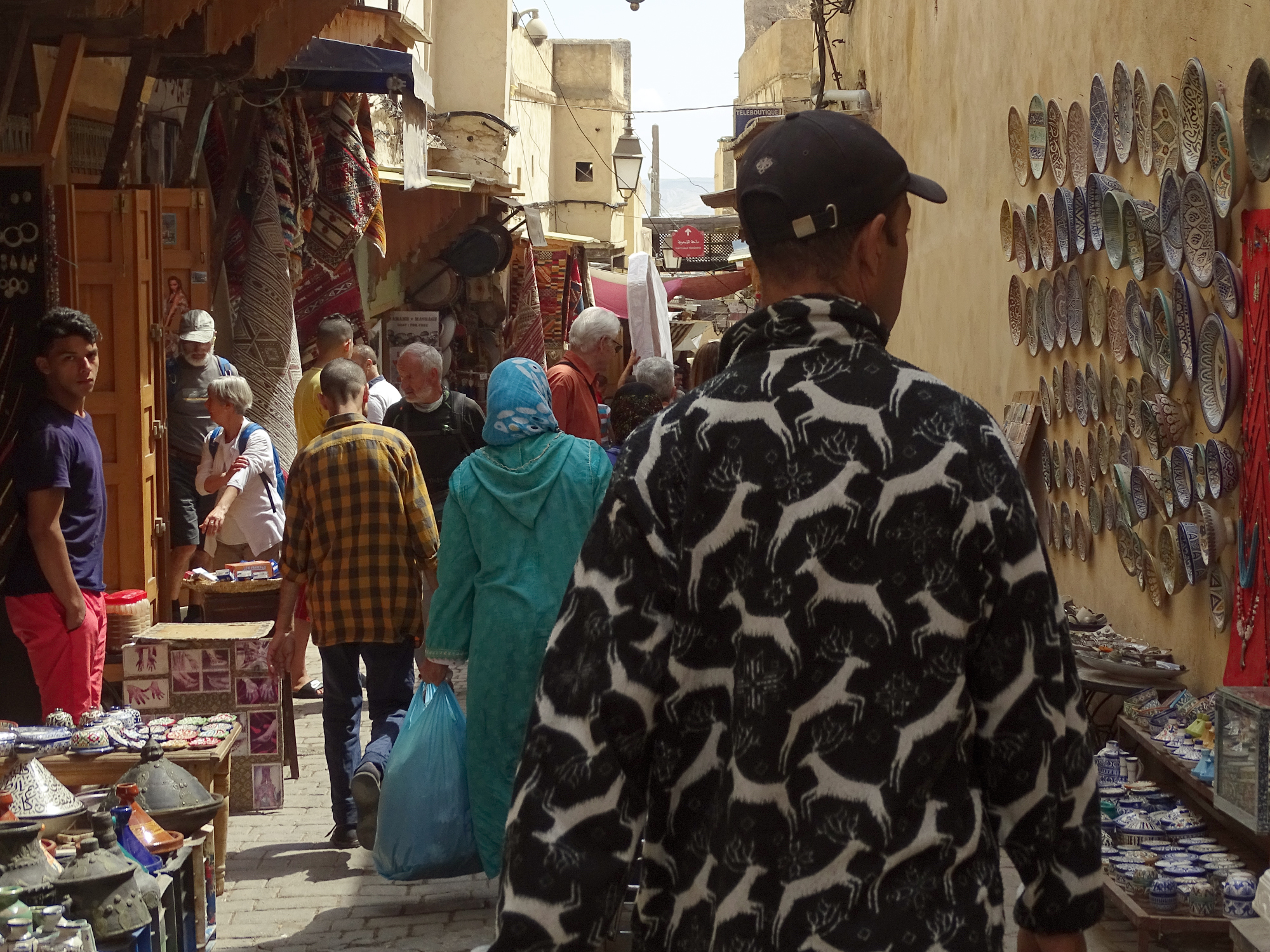
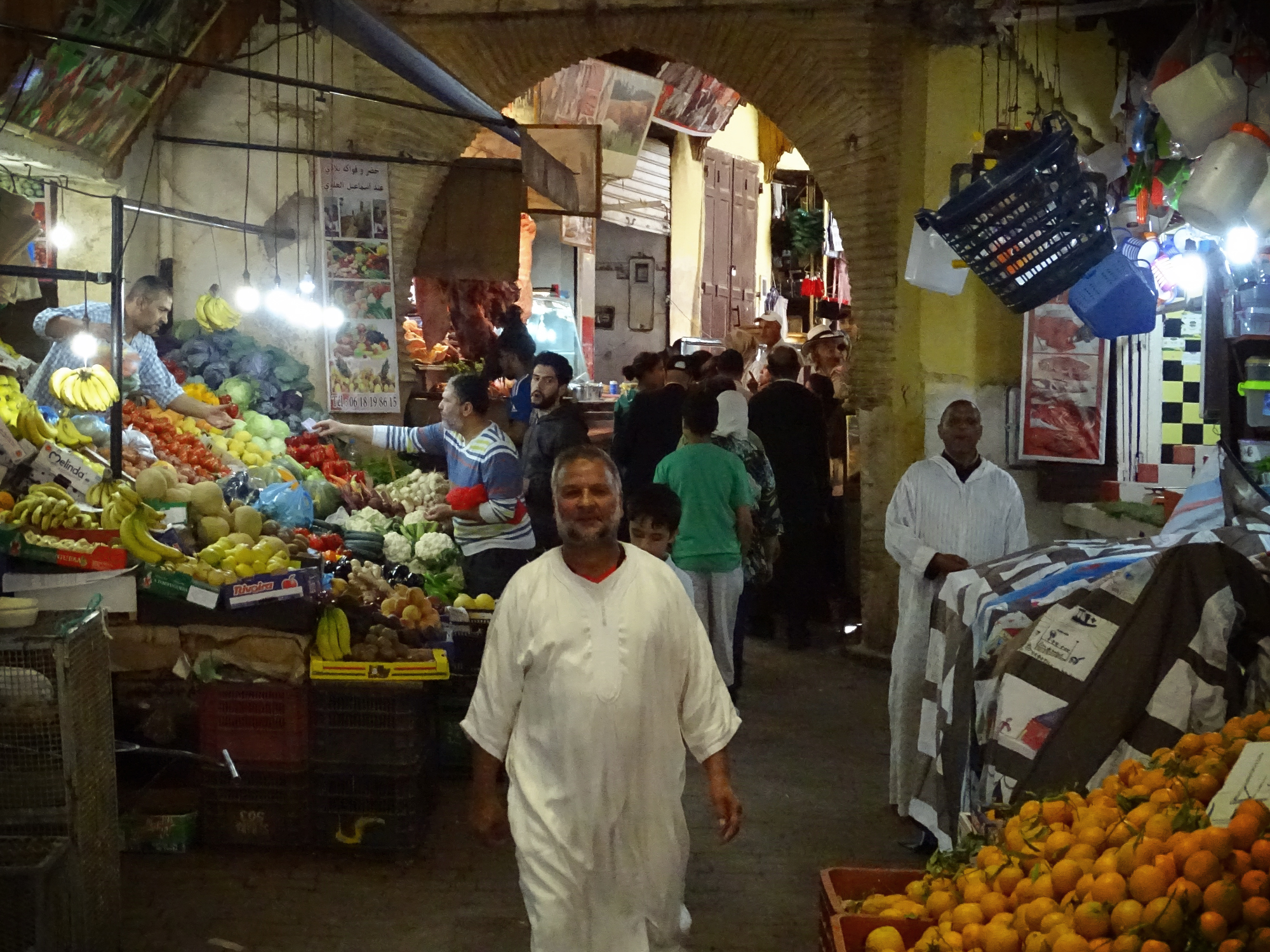

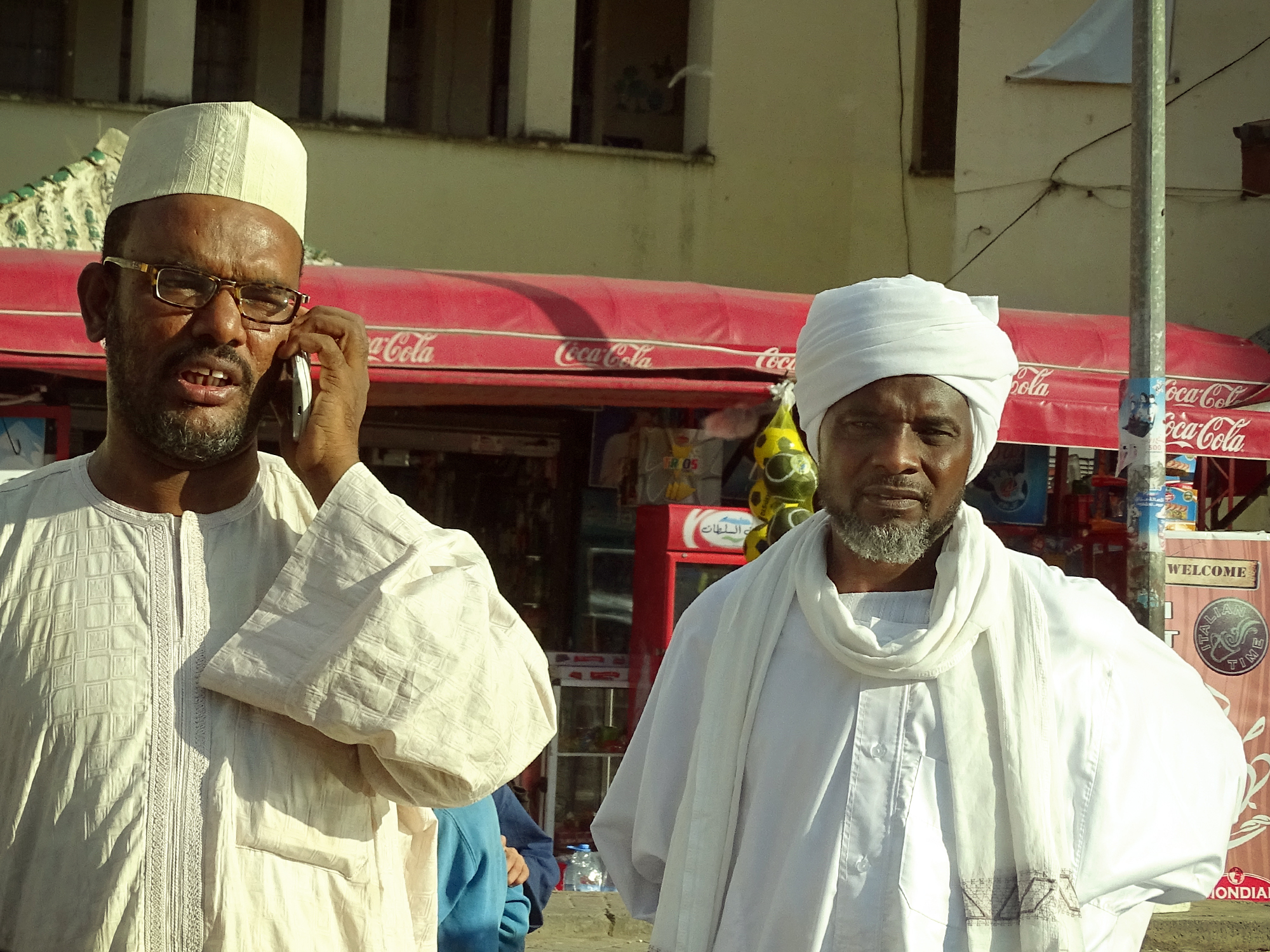

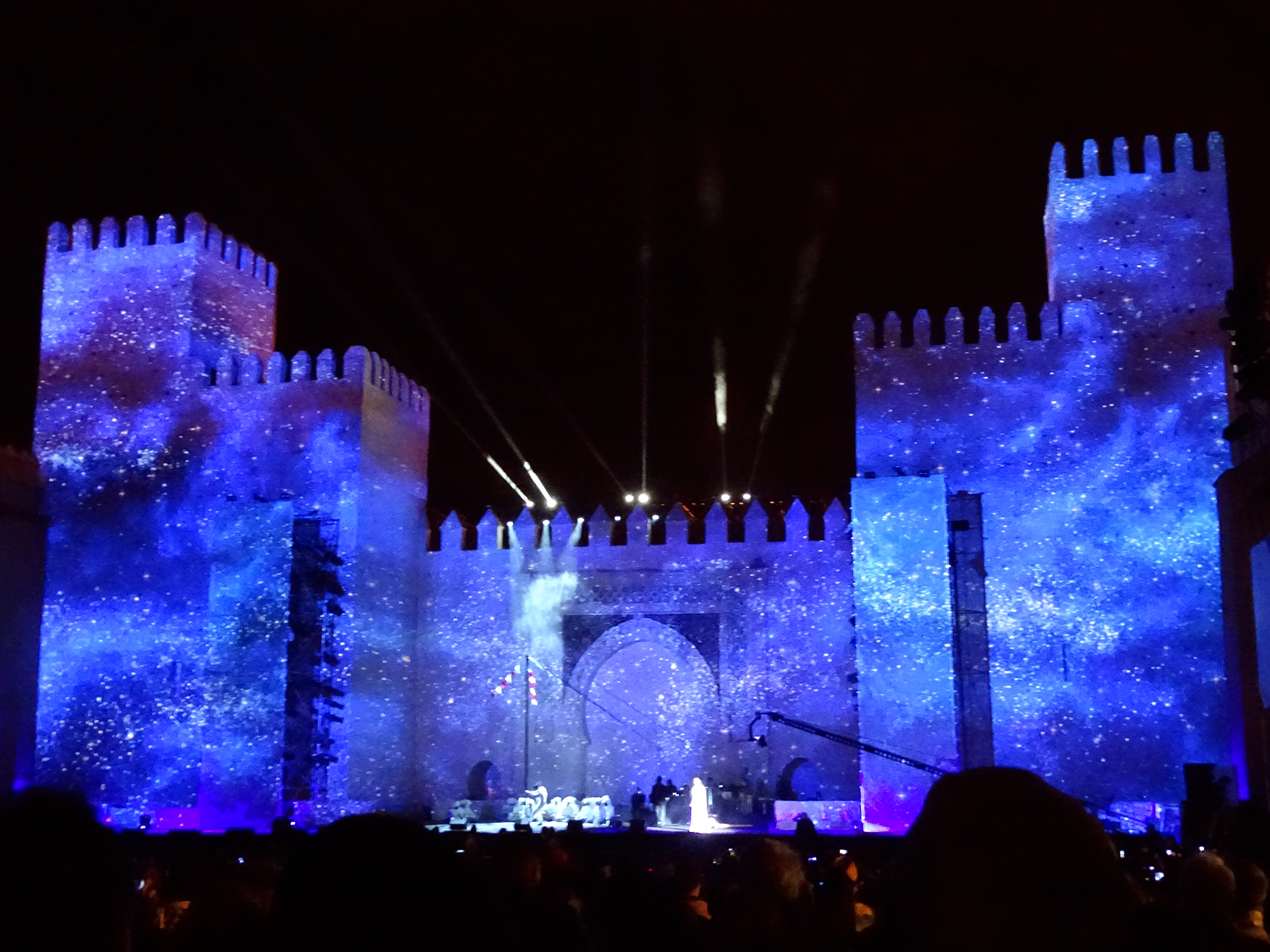
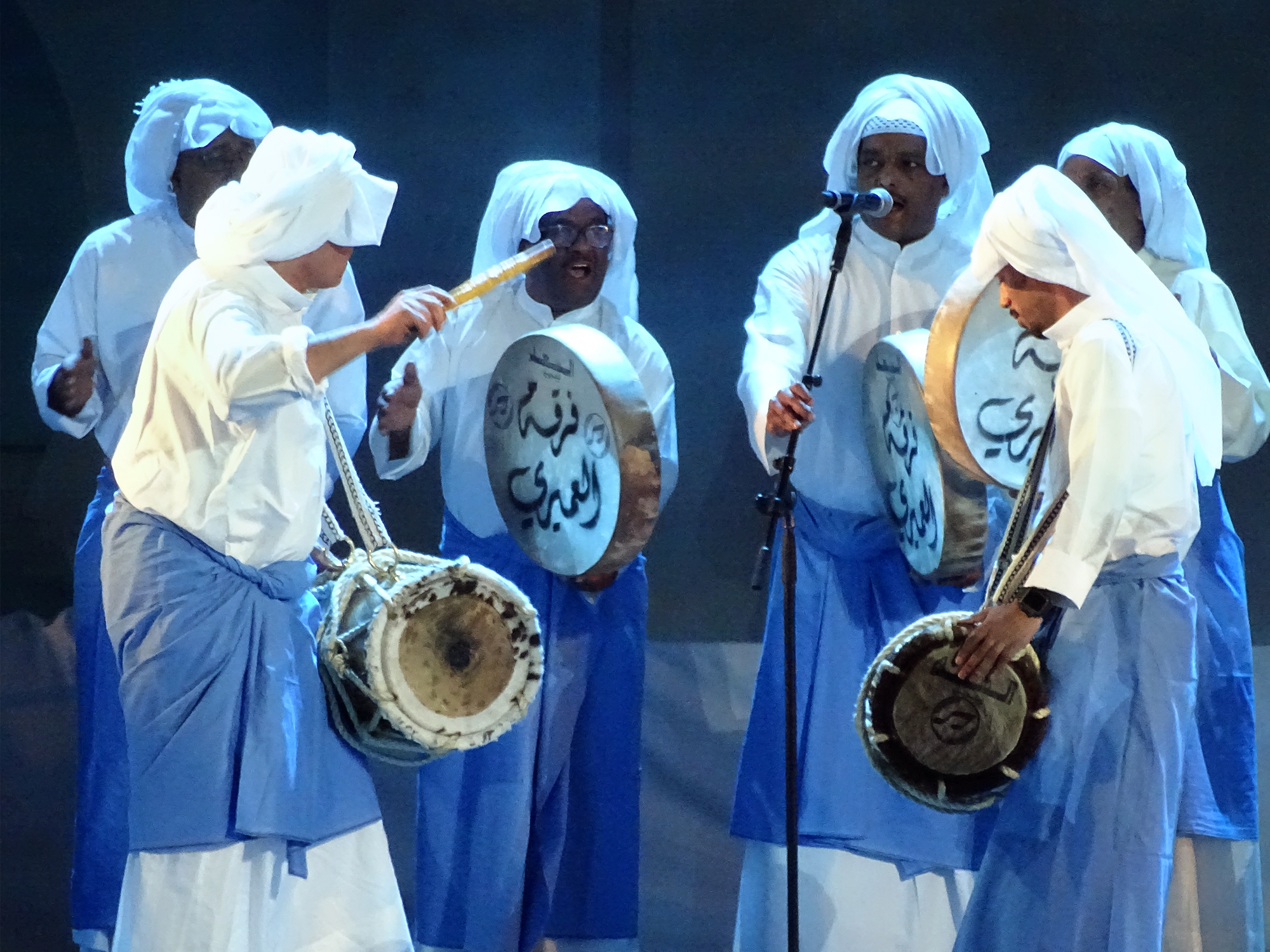
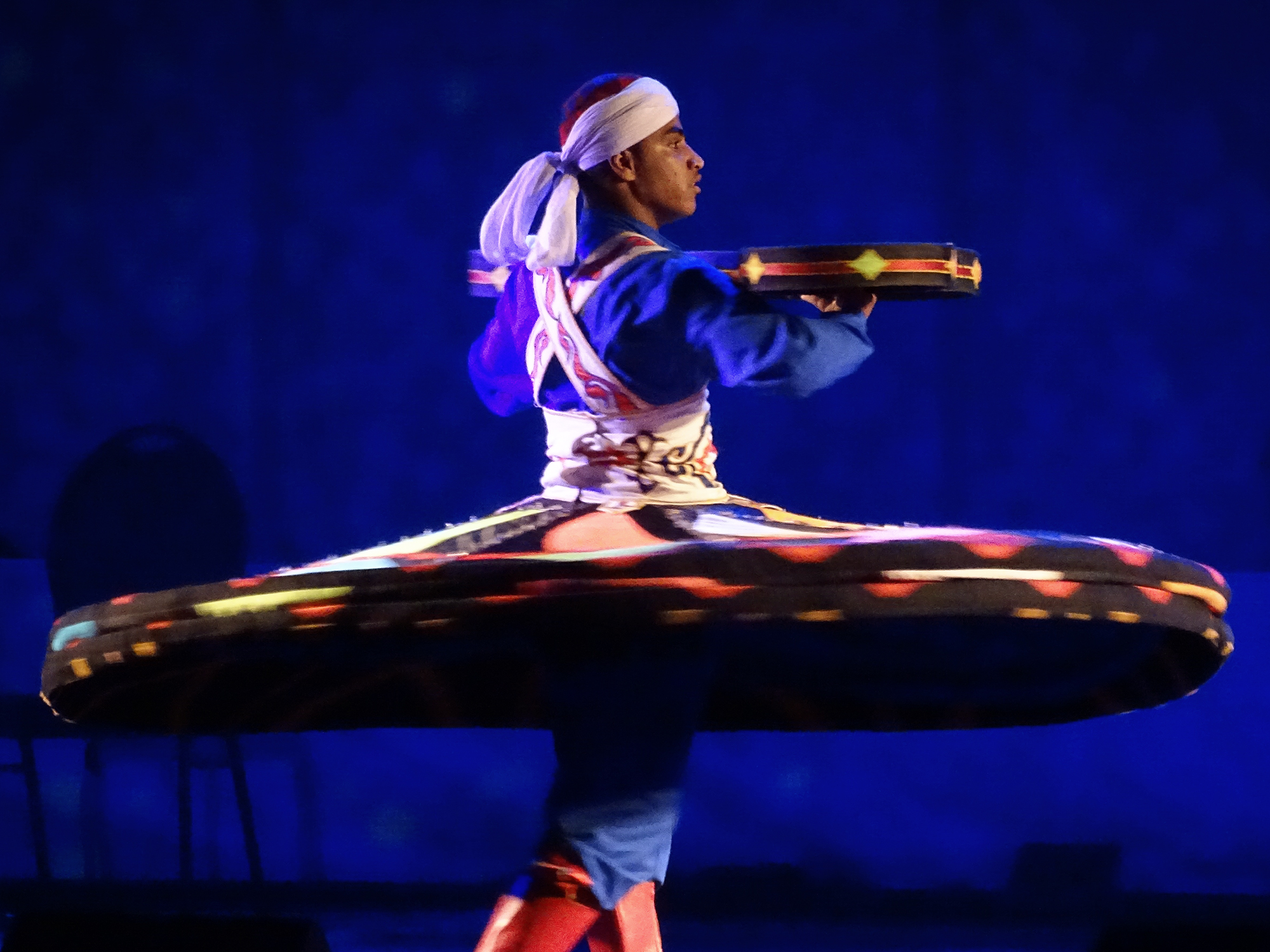
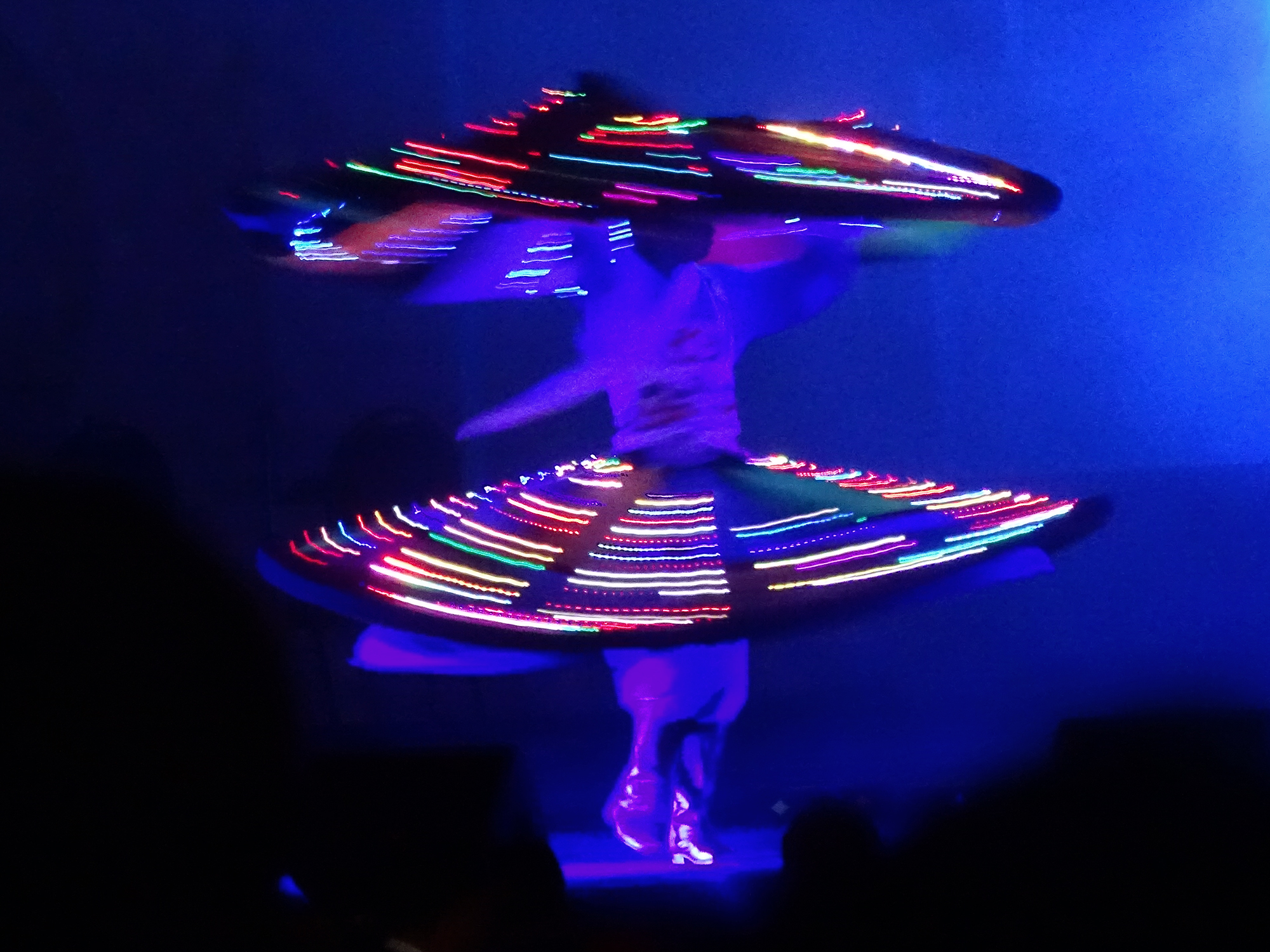

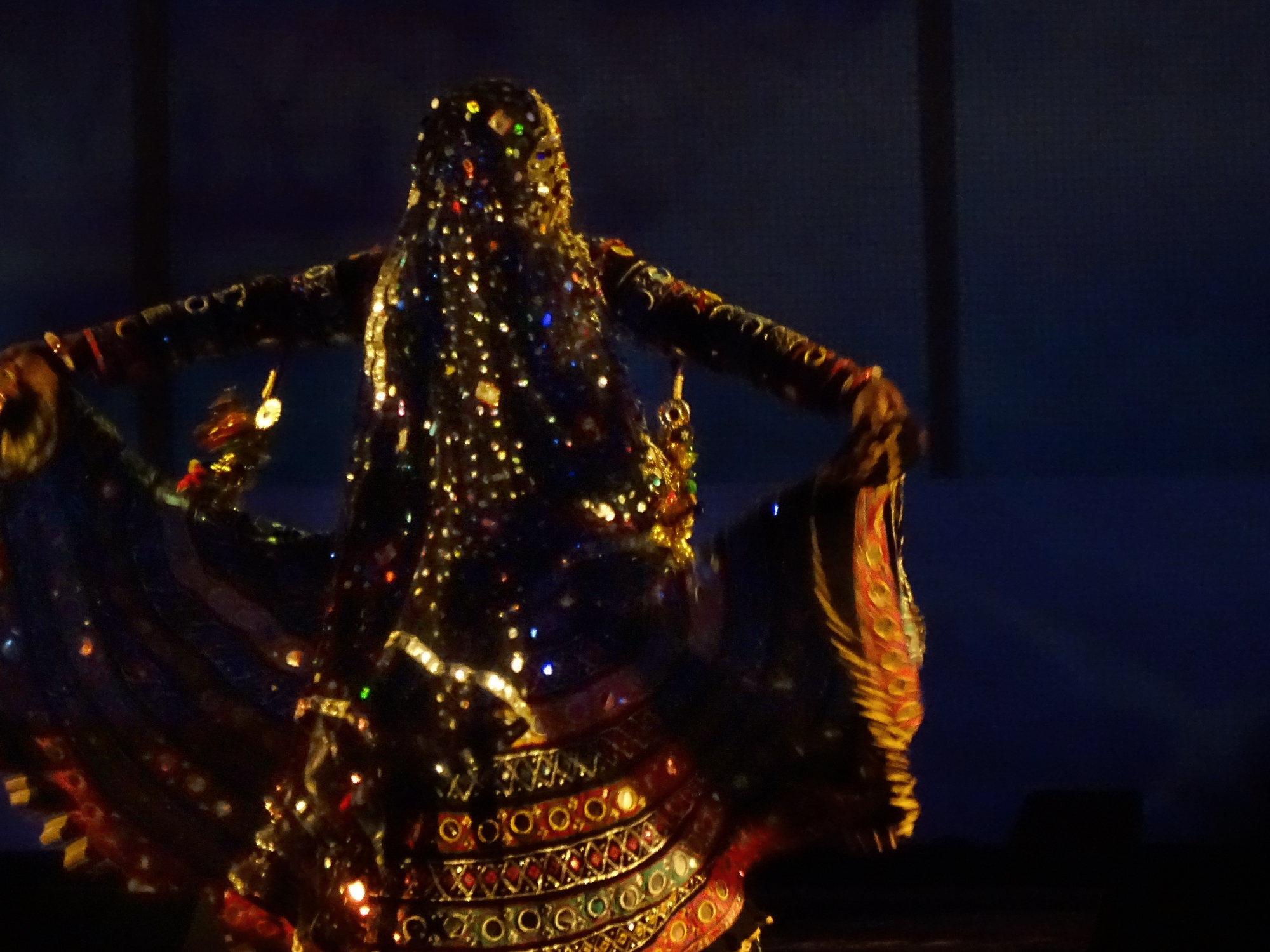

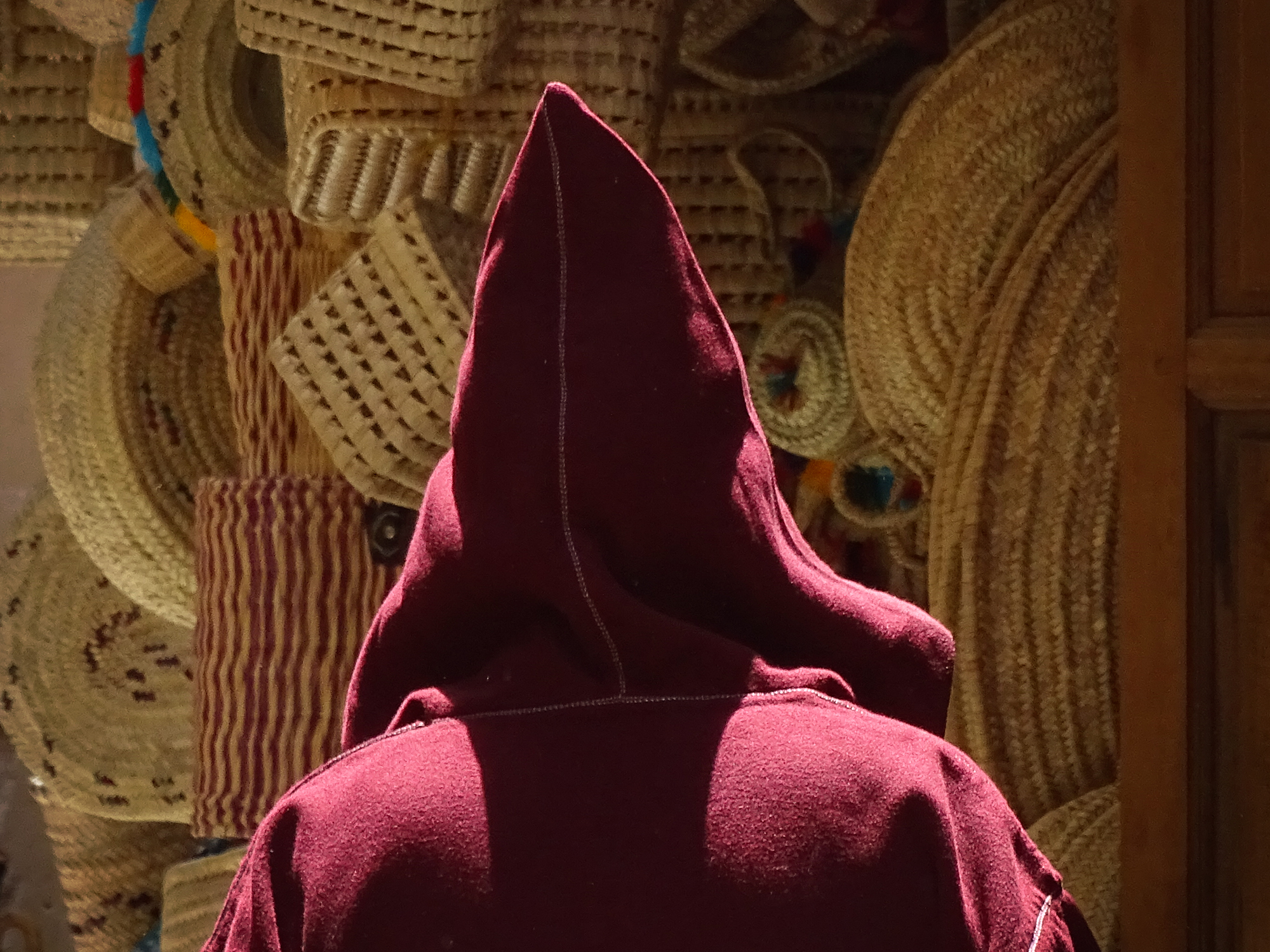
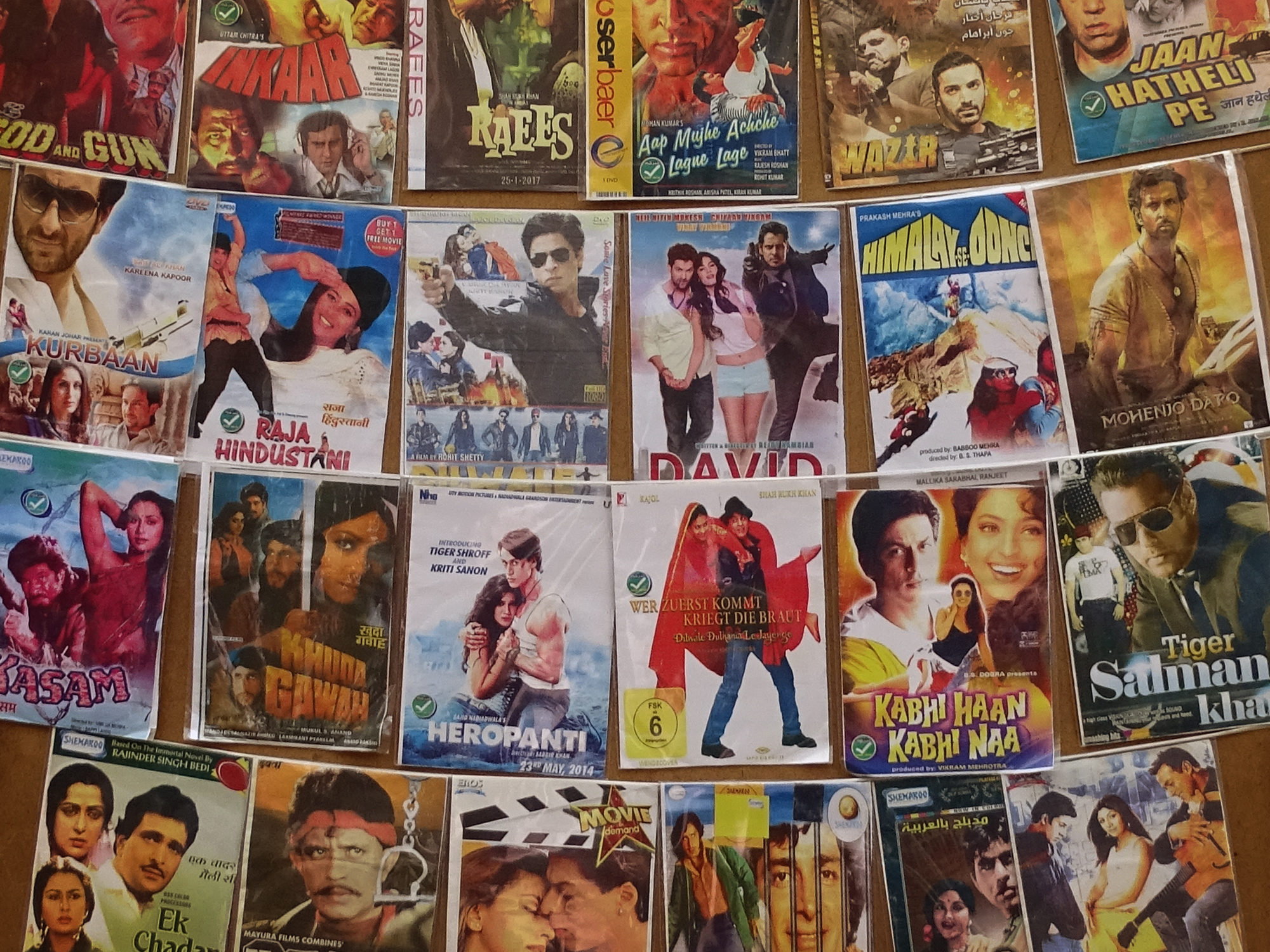
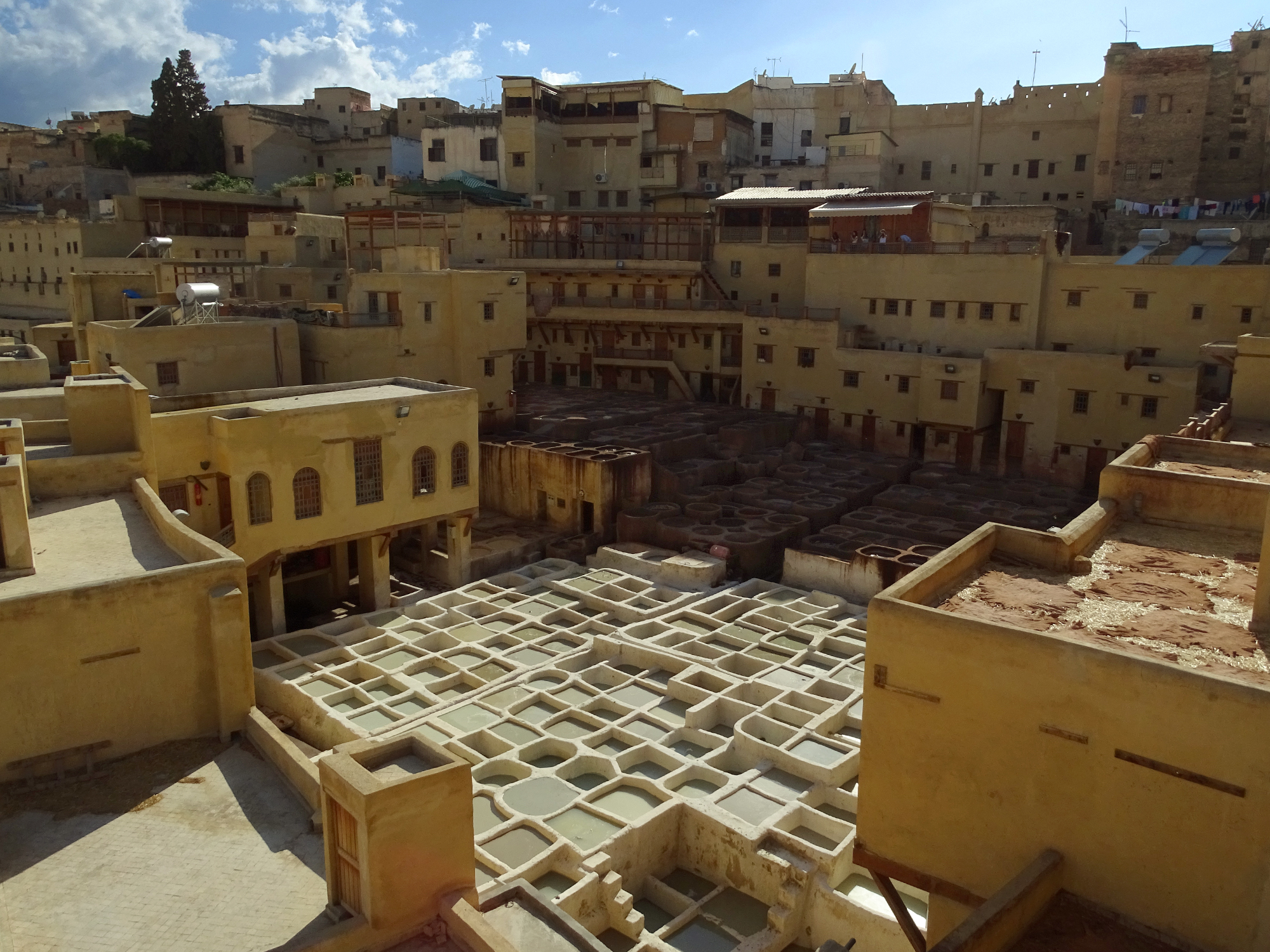

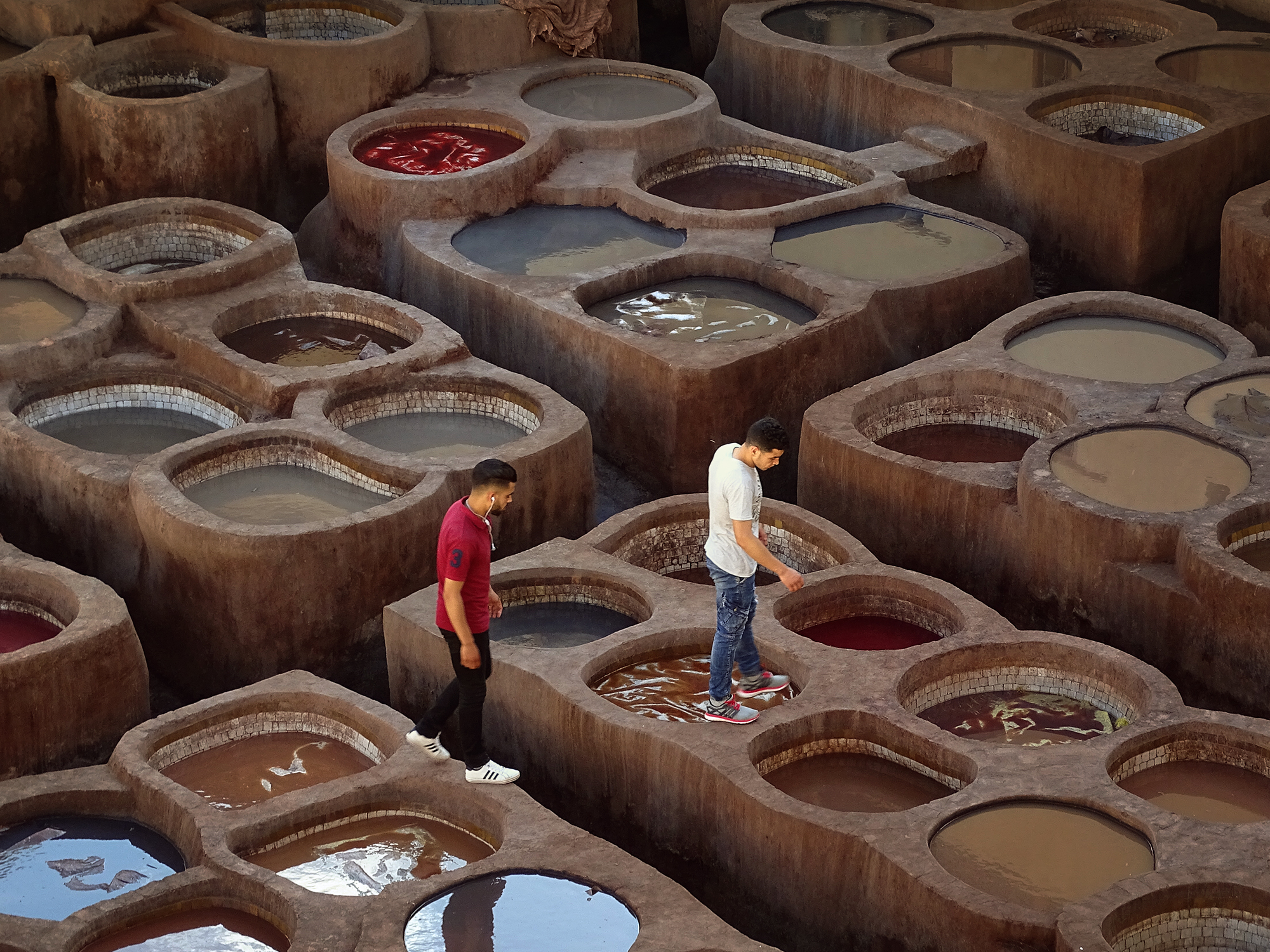
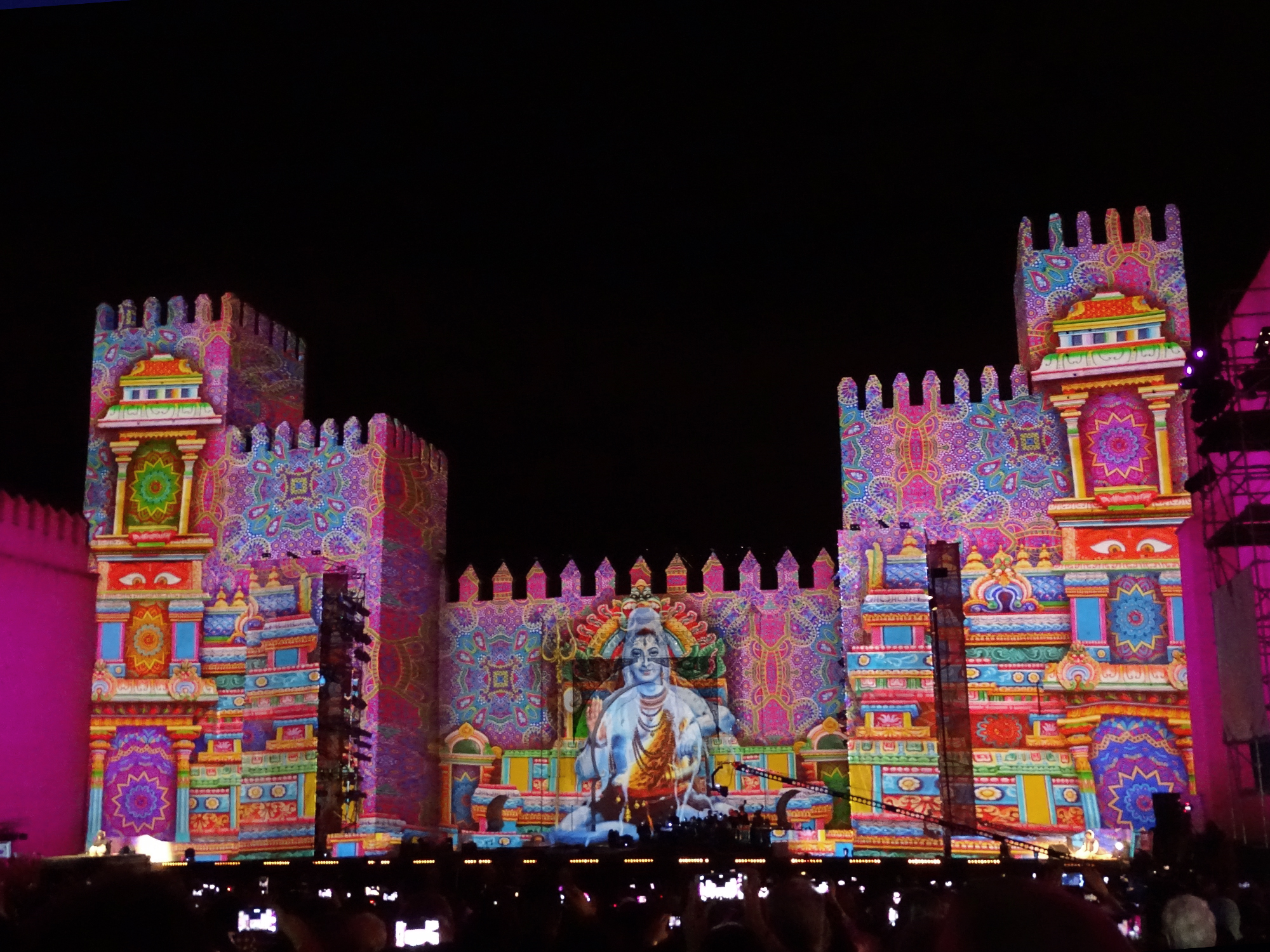

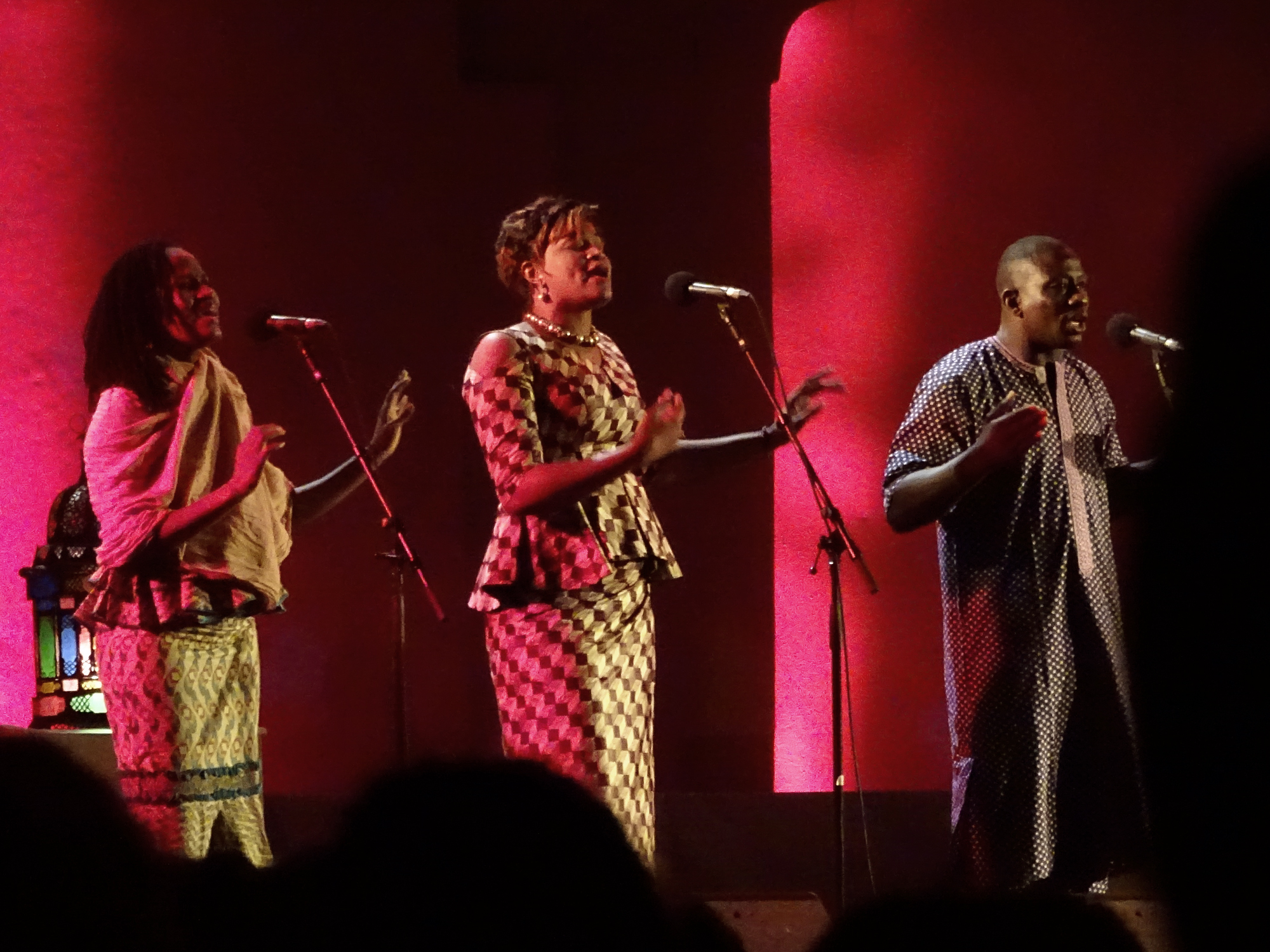

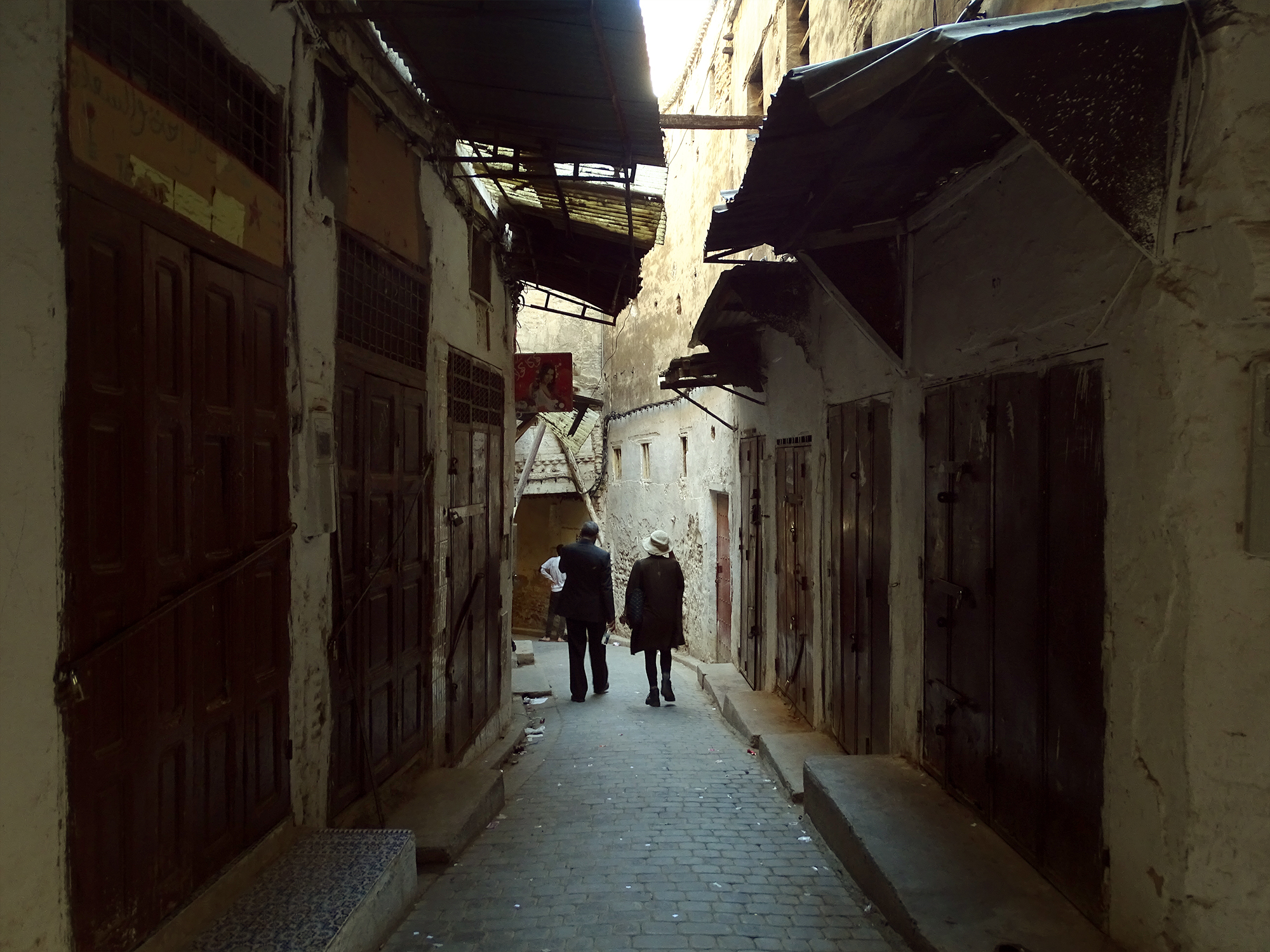
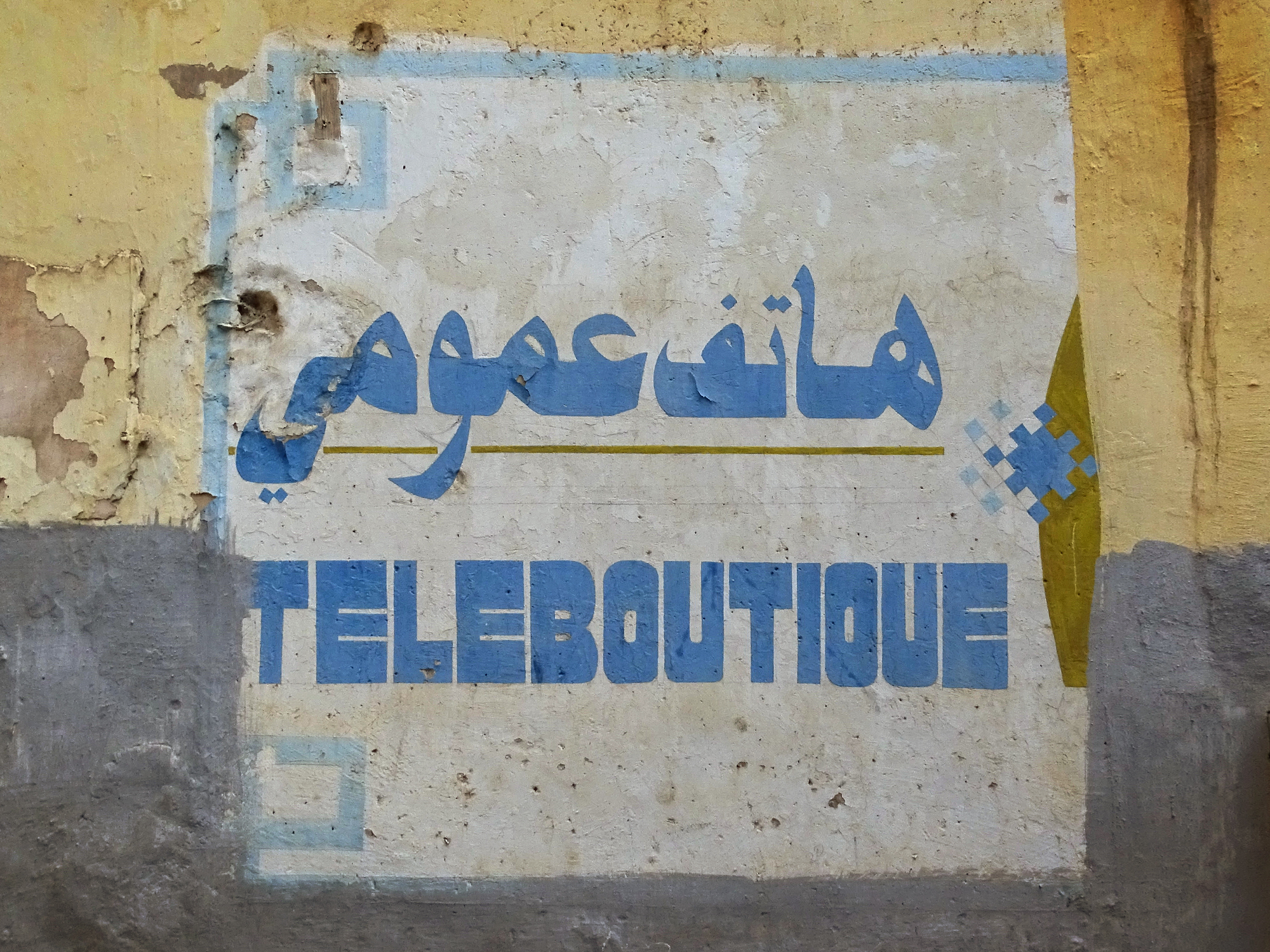
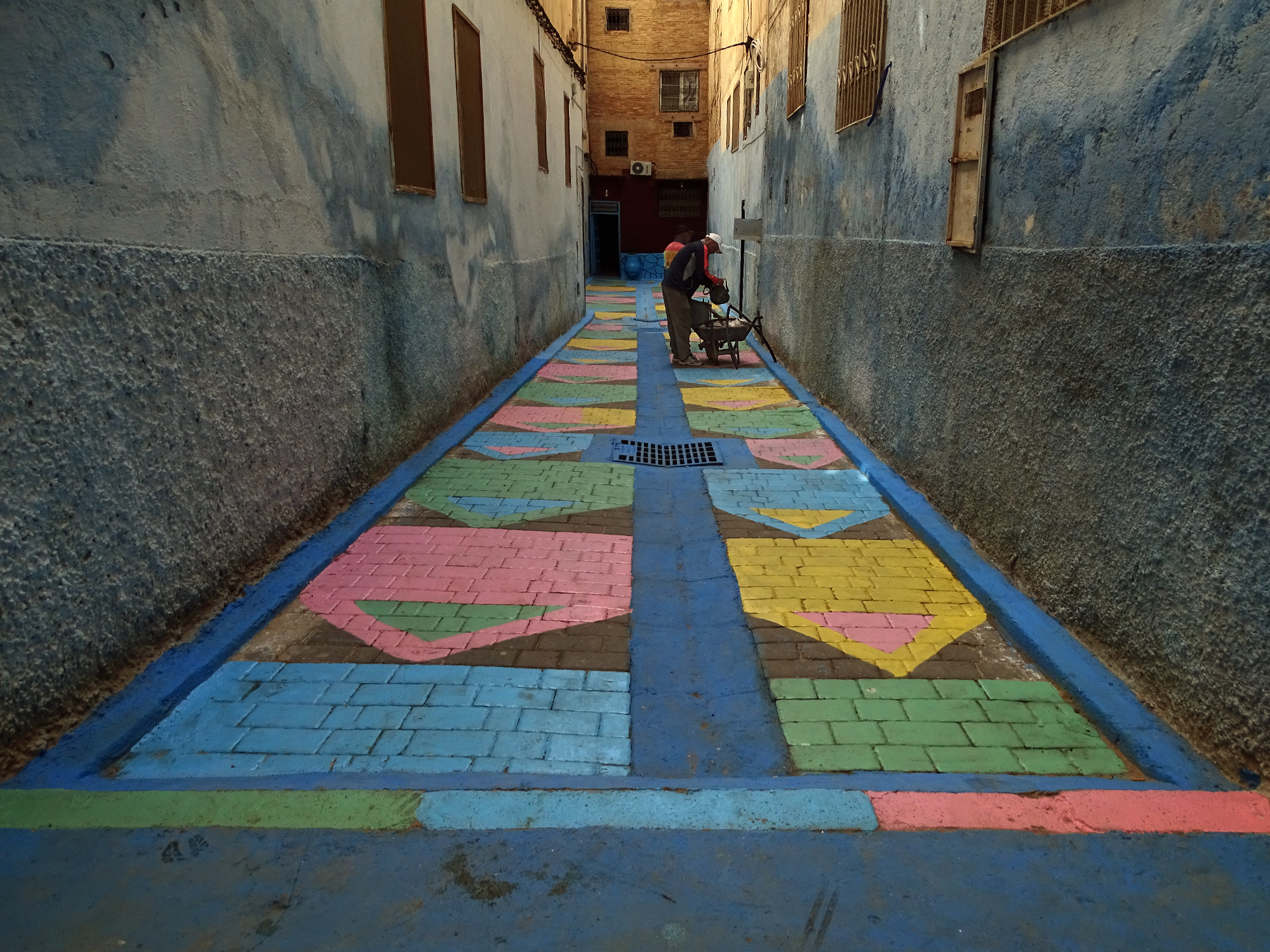
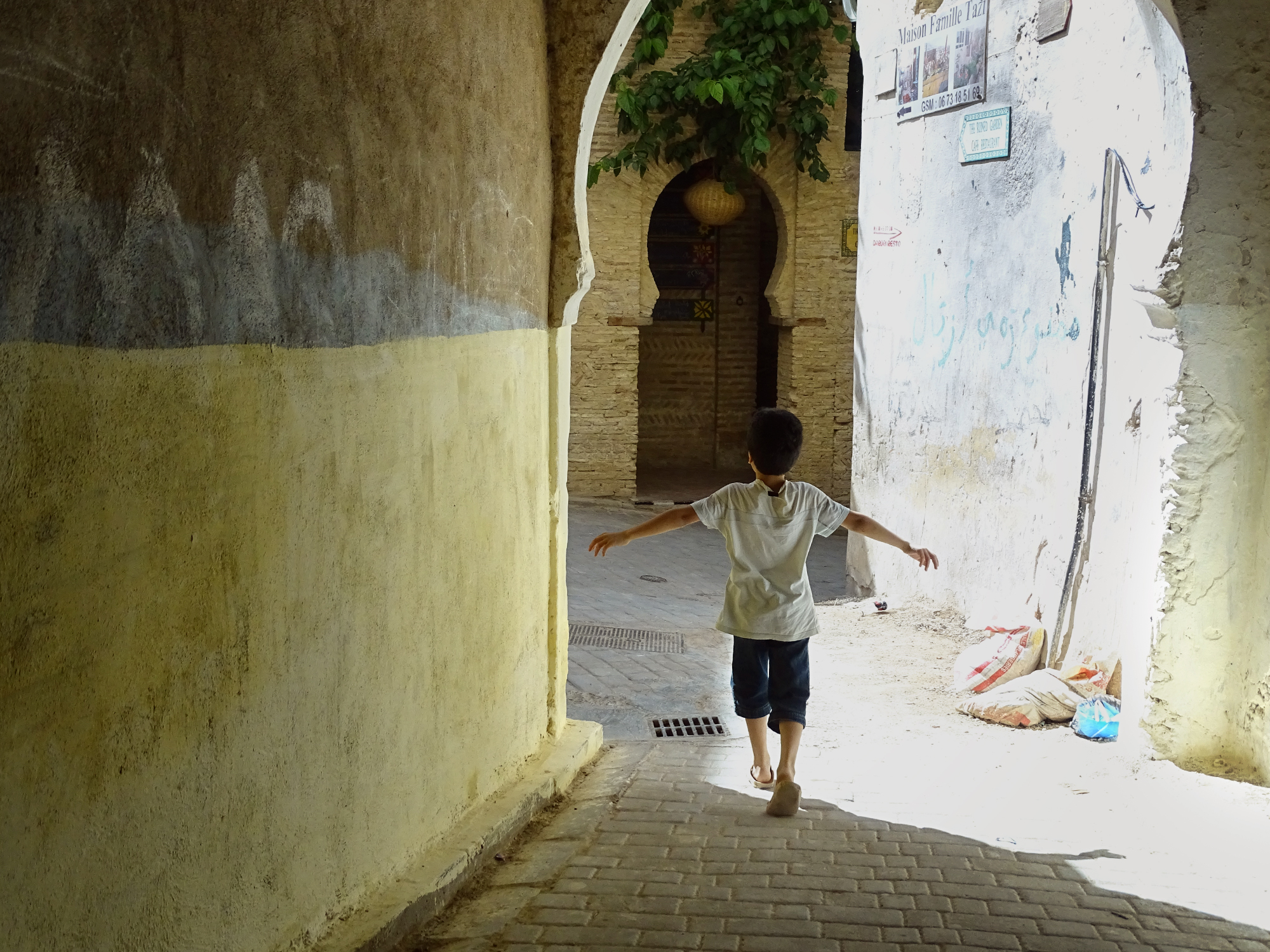
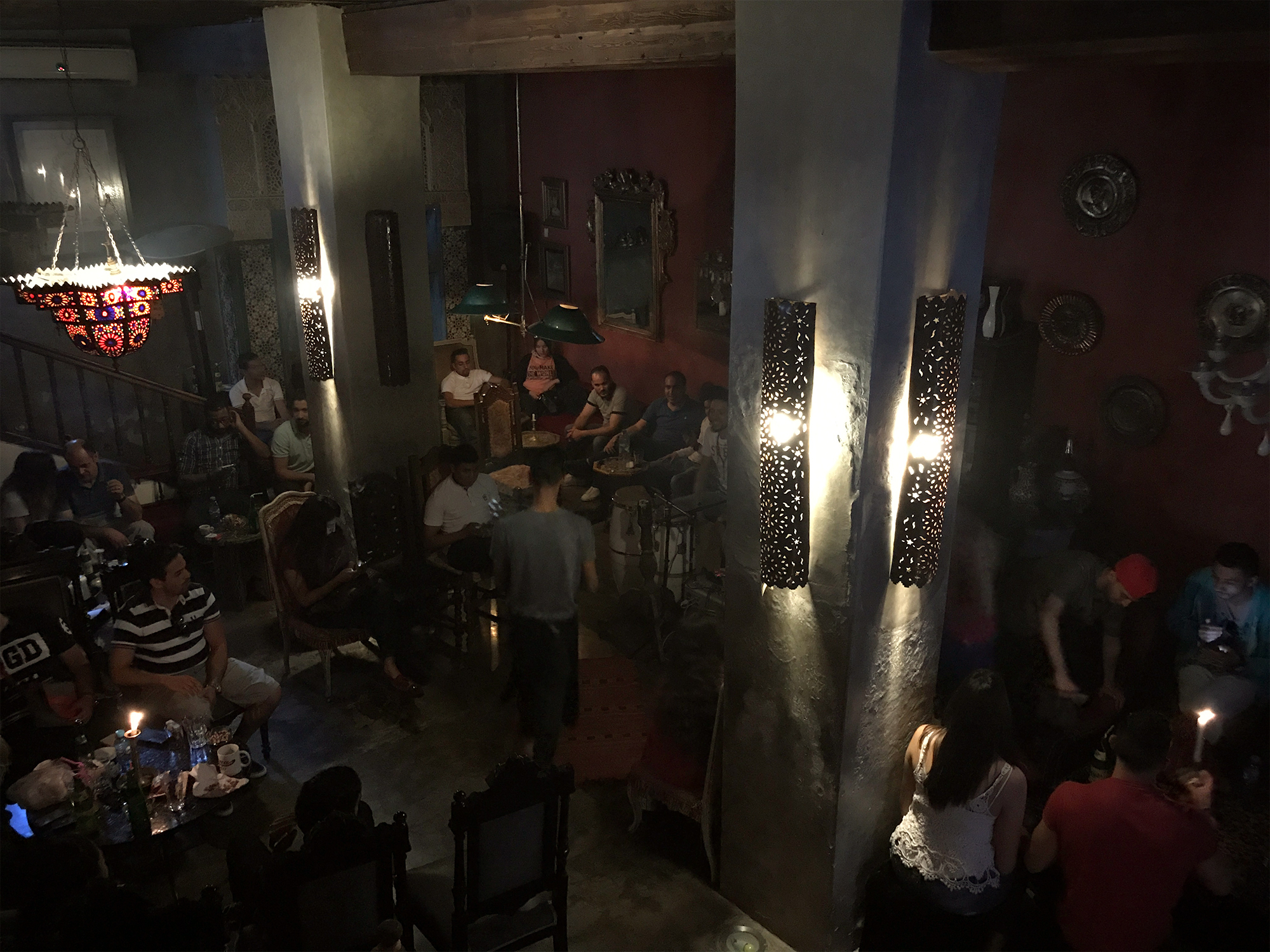

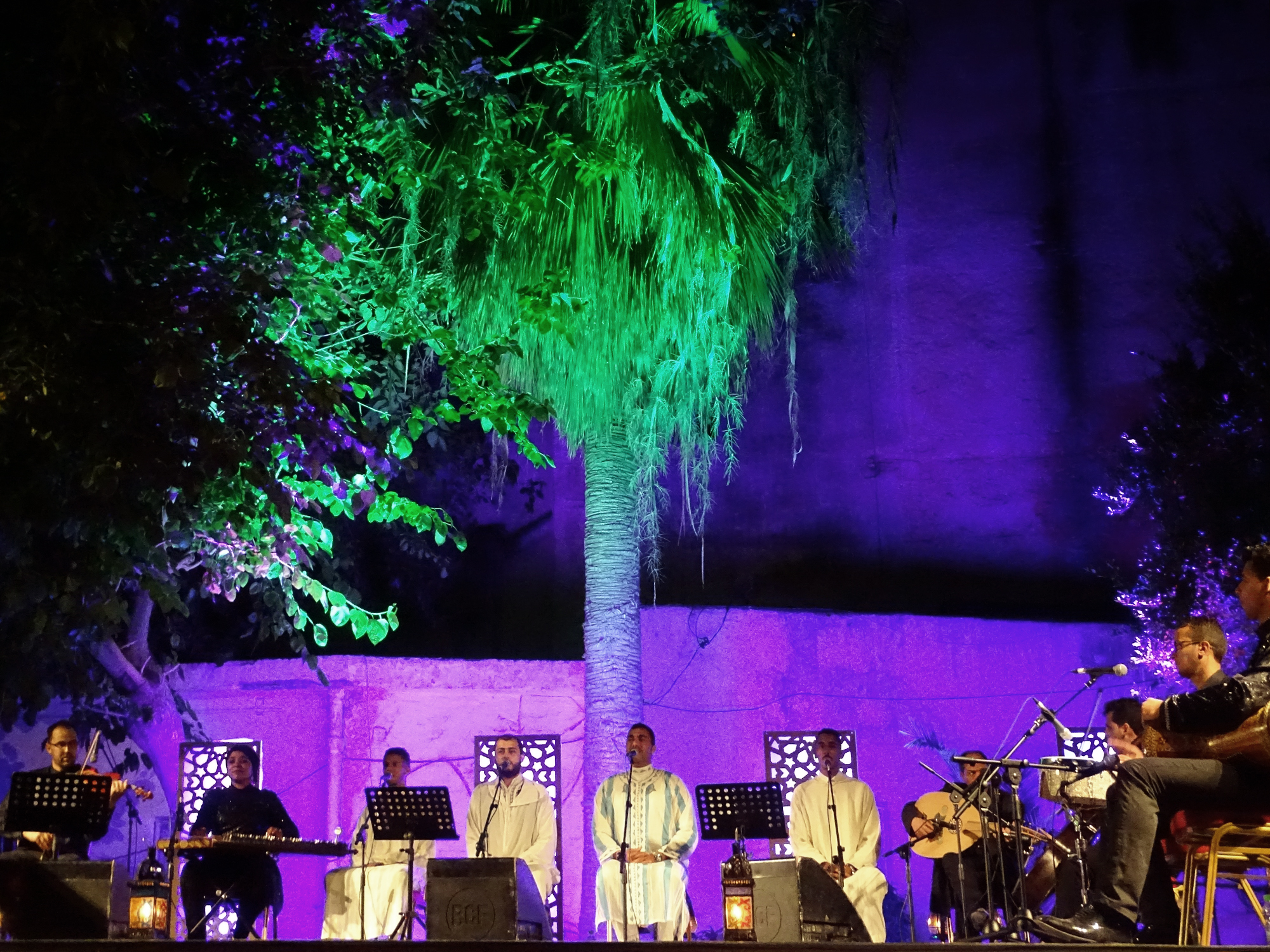

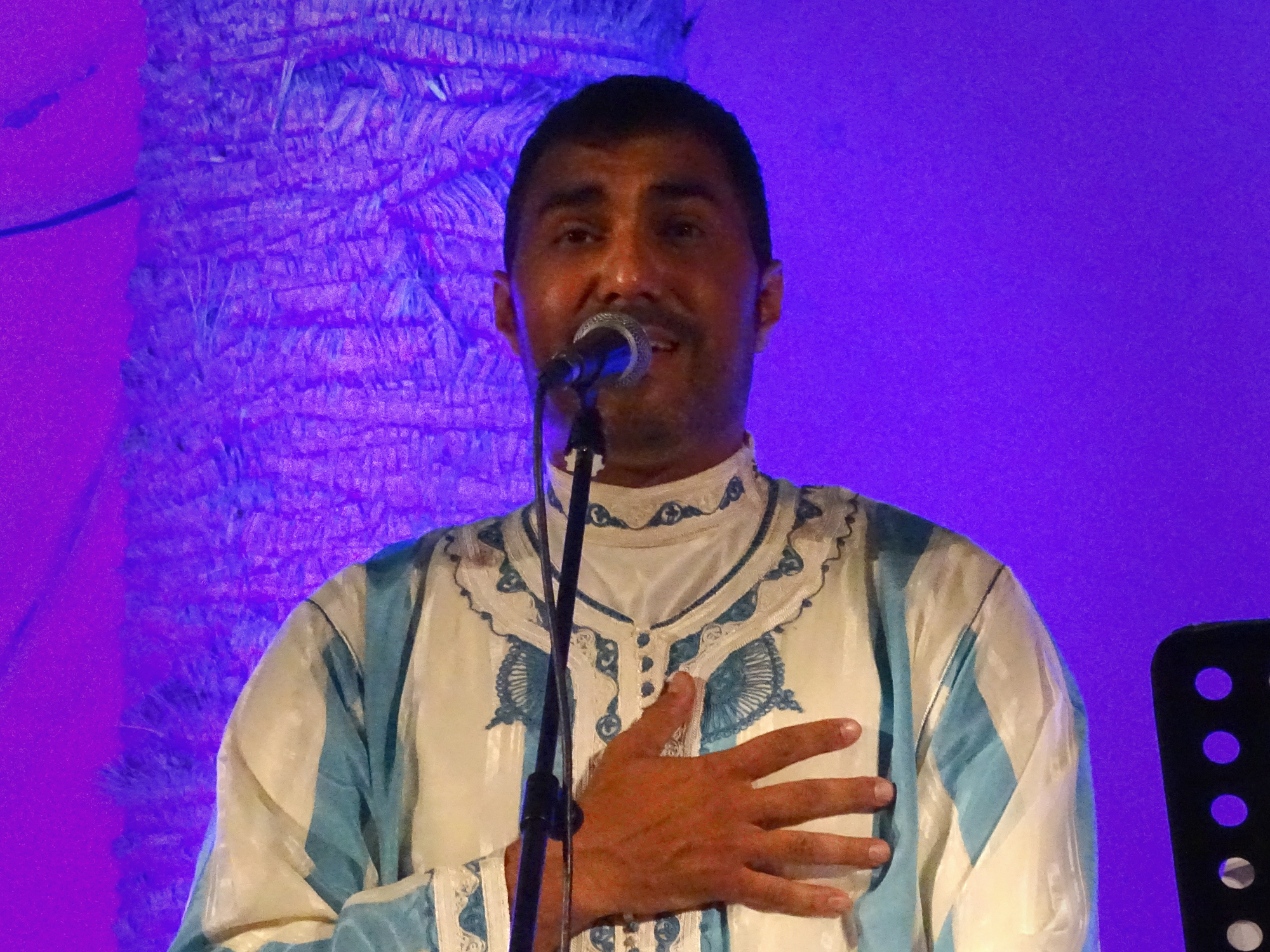

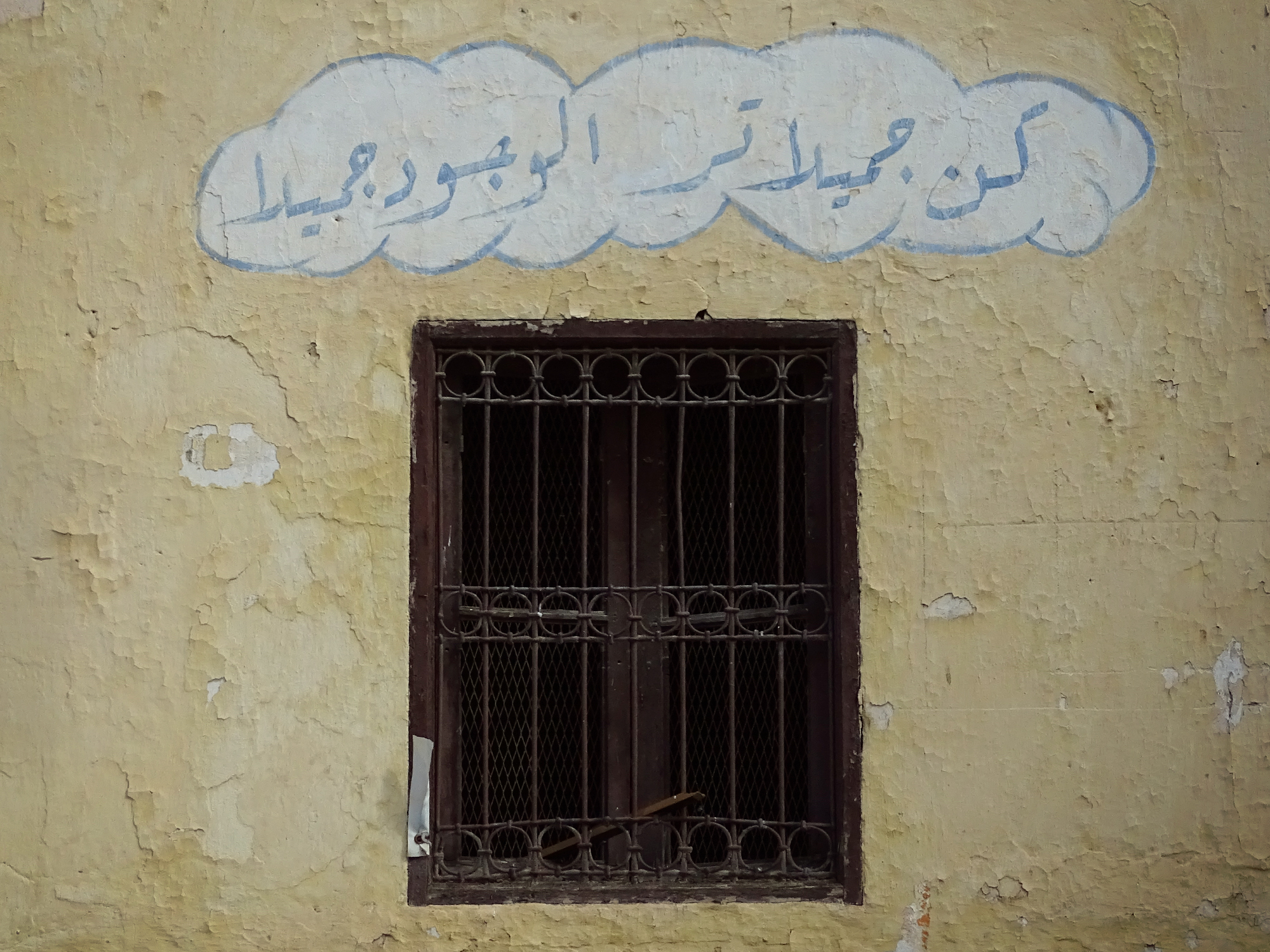
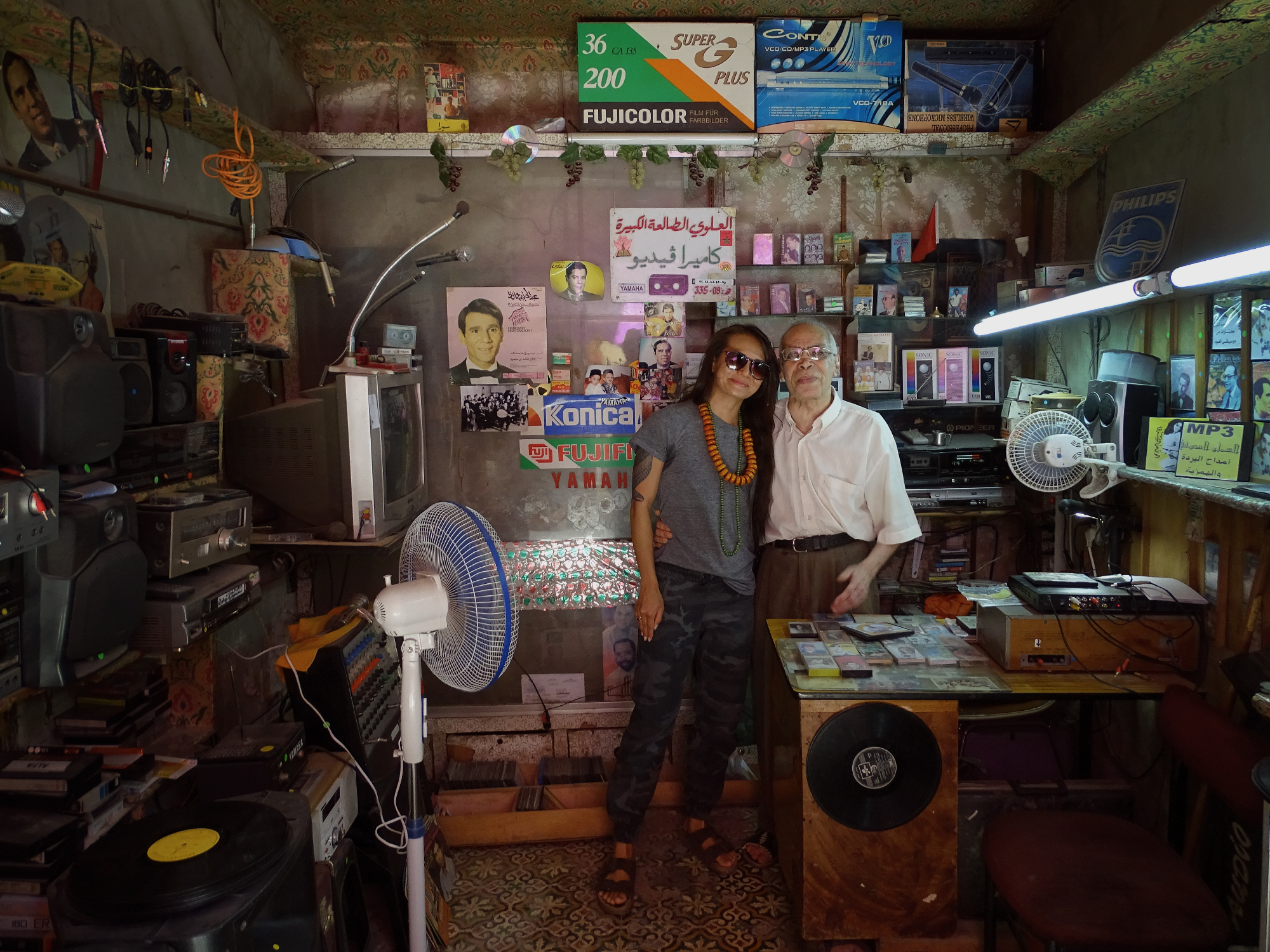



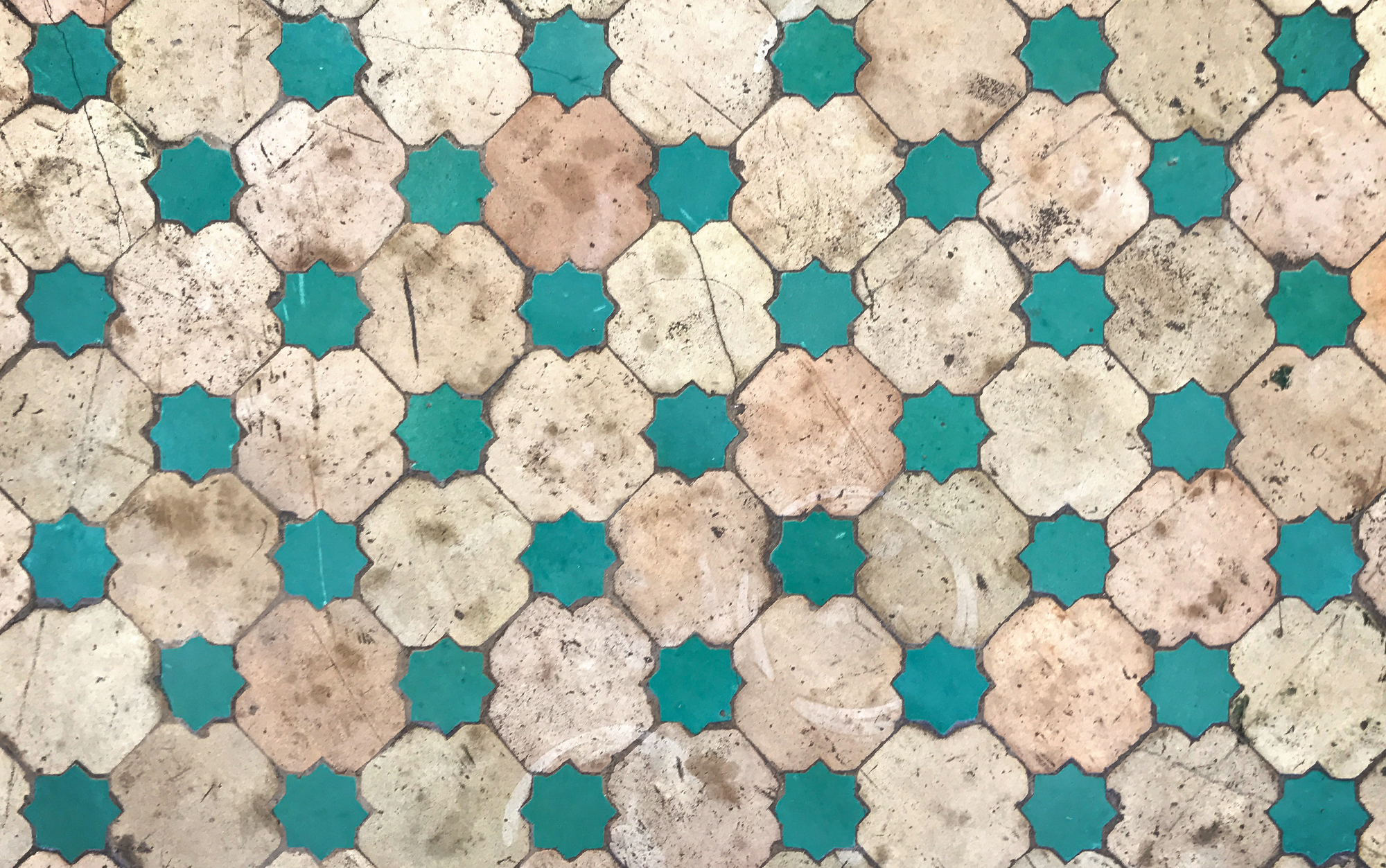

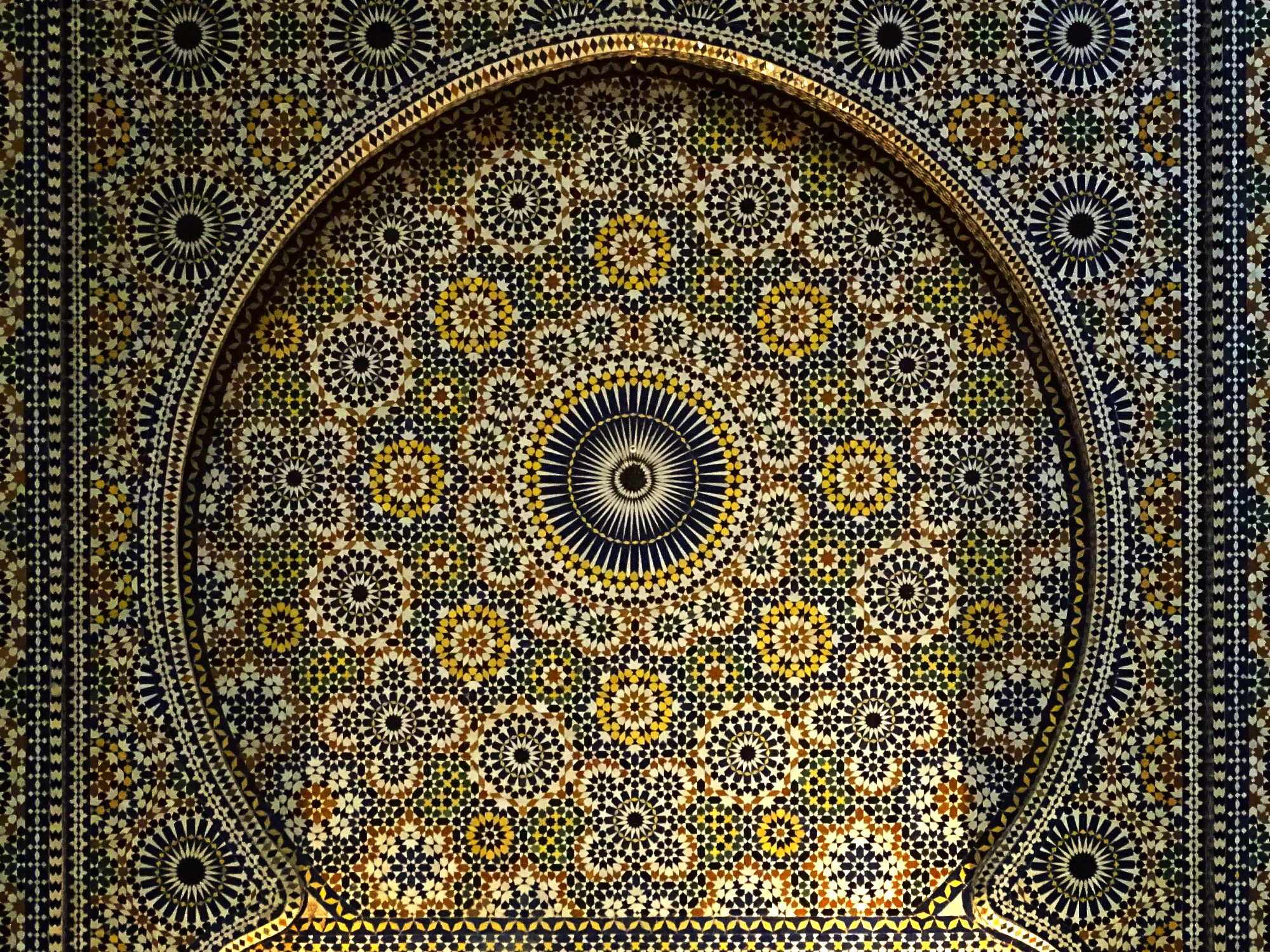

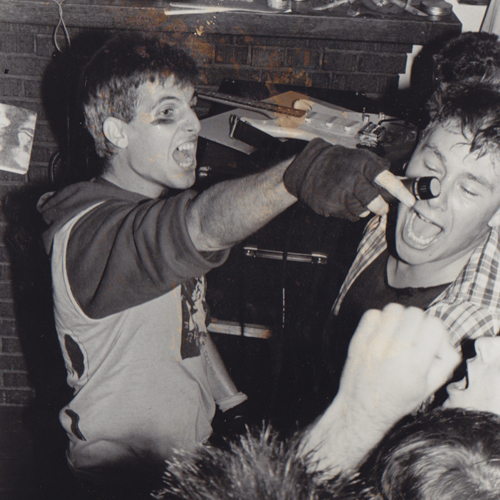
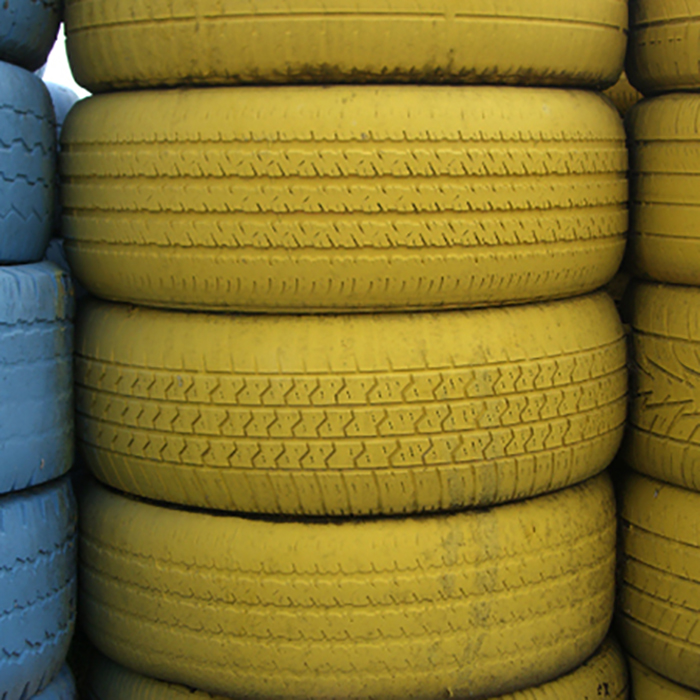
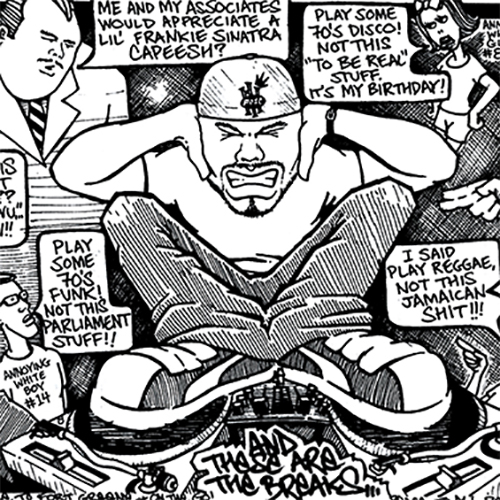
Pingback : Julian Bevan » HONEYMOON OVER MOROCCO PT. 1 - Julian Bevan
Thank you for your nice pictures.
Sorry you didn"t try Darori Resto during your stay in Fès...
I mean sorry for you. :-)
Hope to see you next time ?
Be happy ! :-)